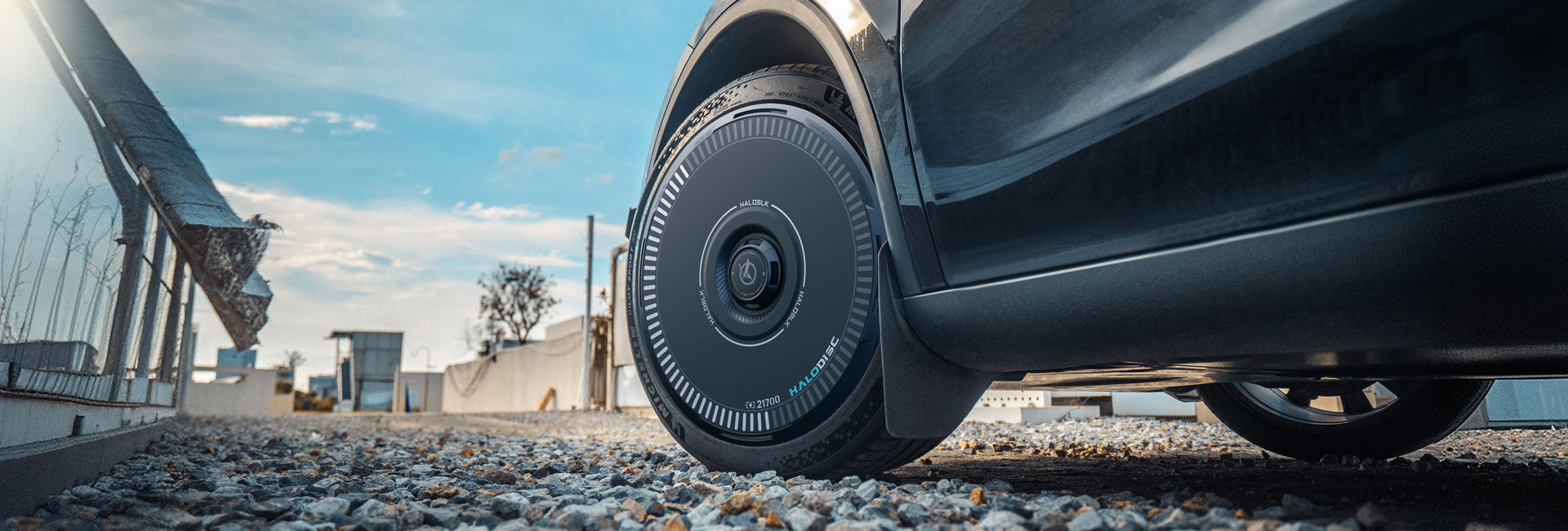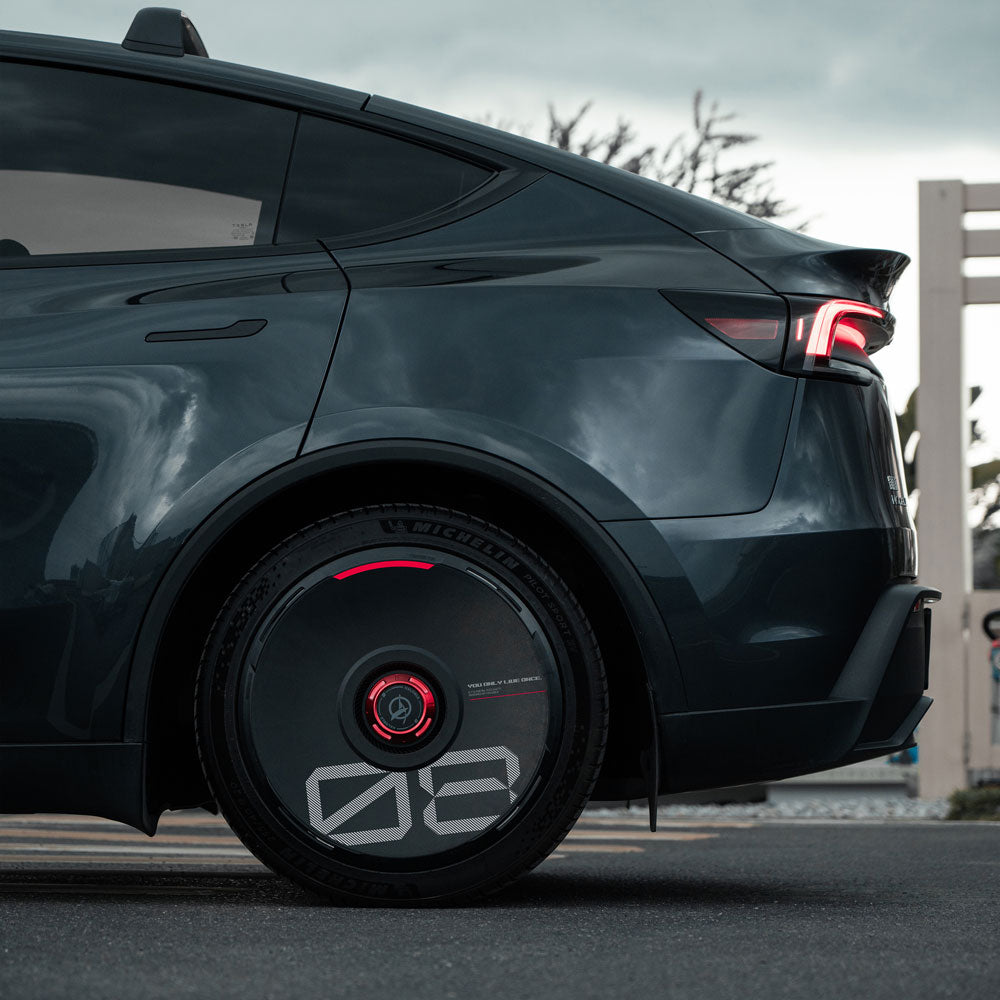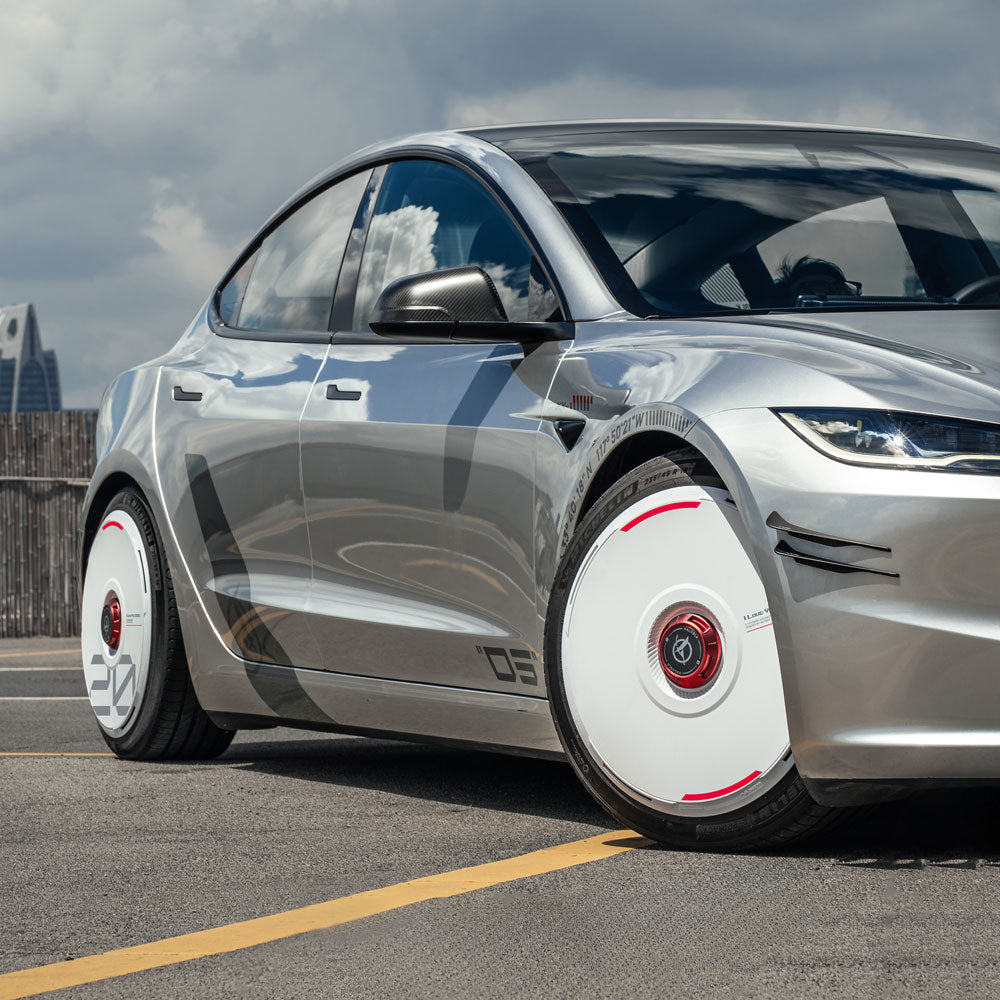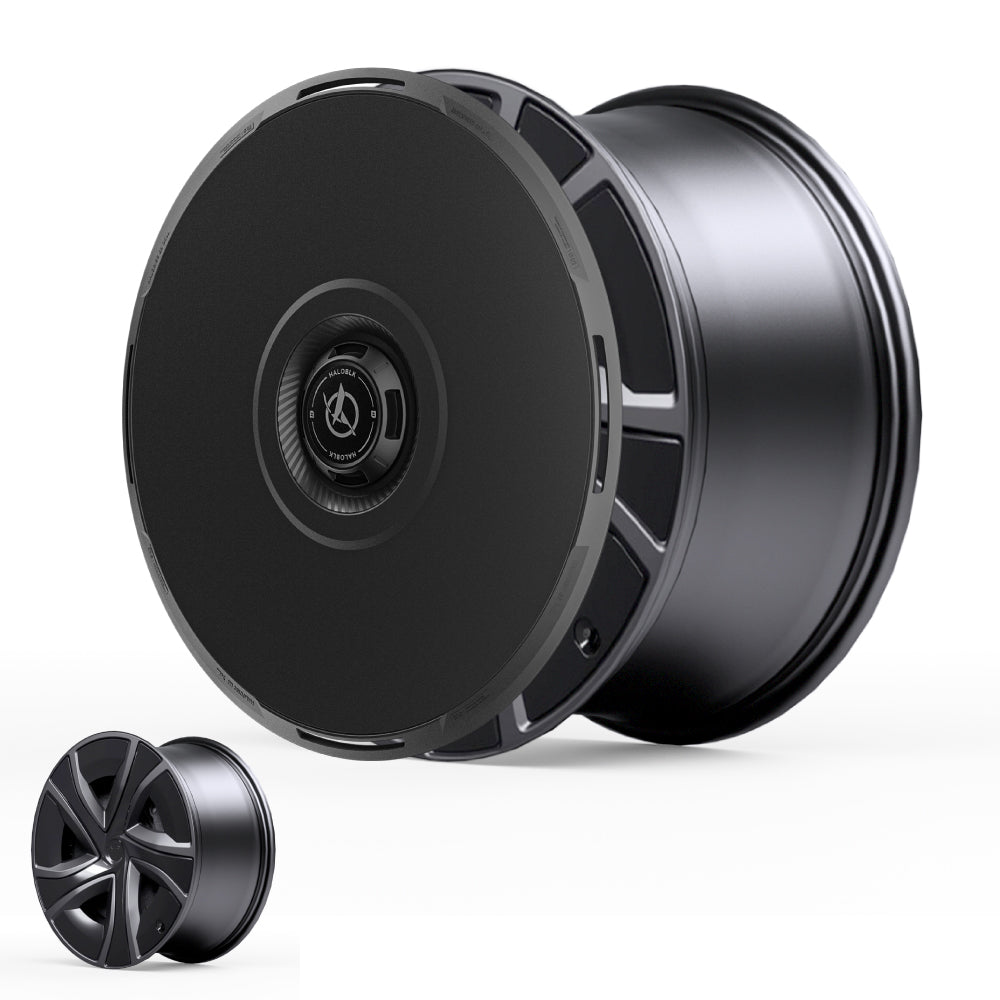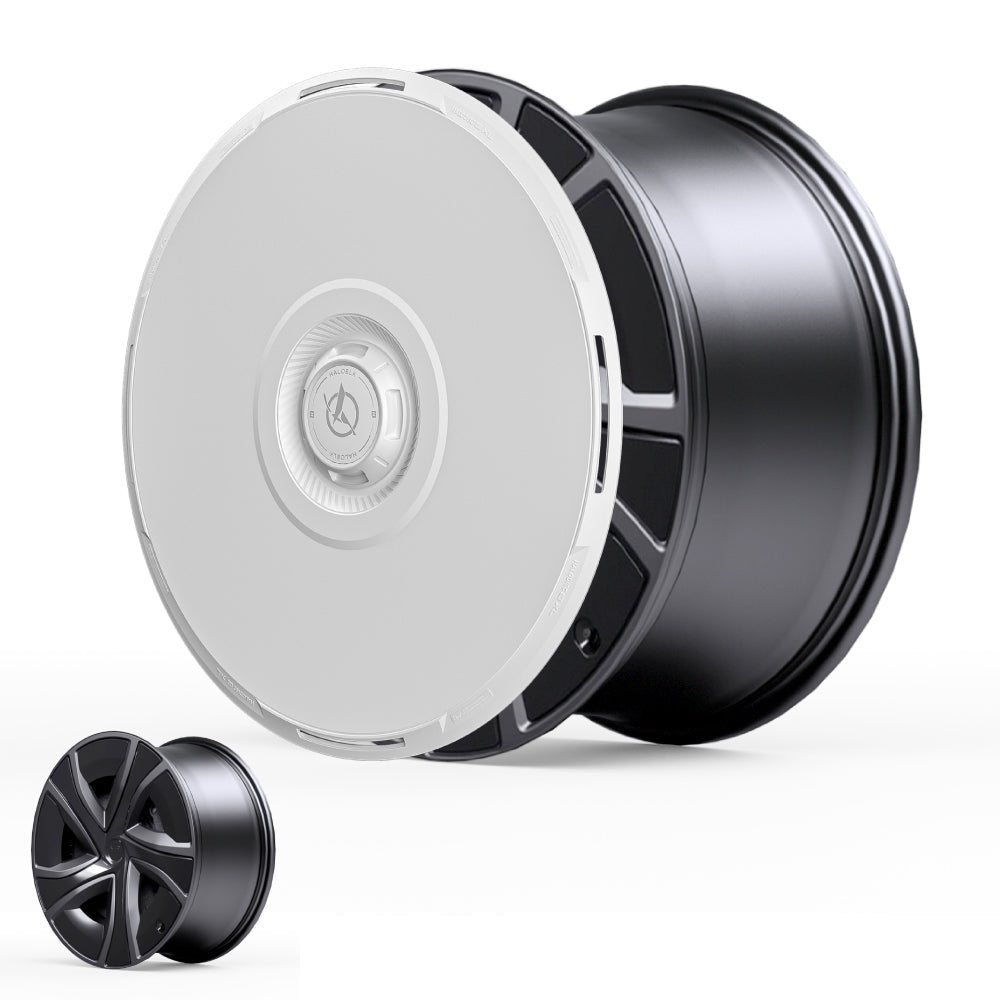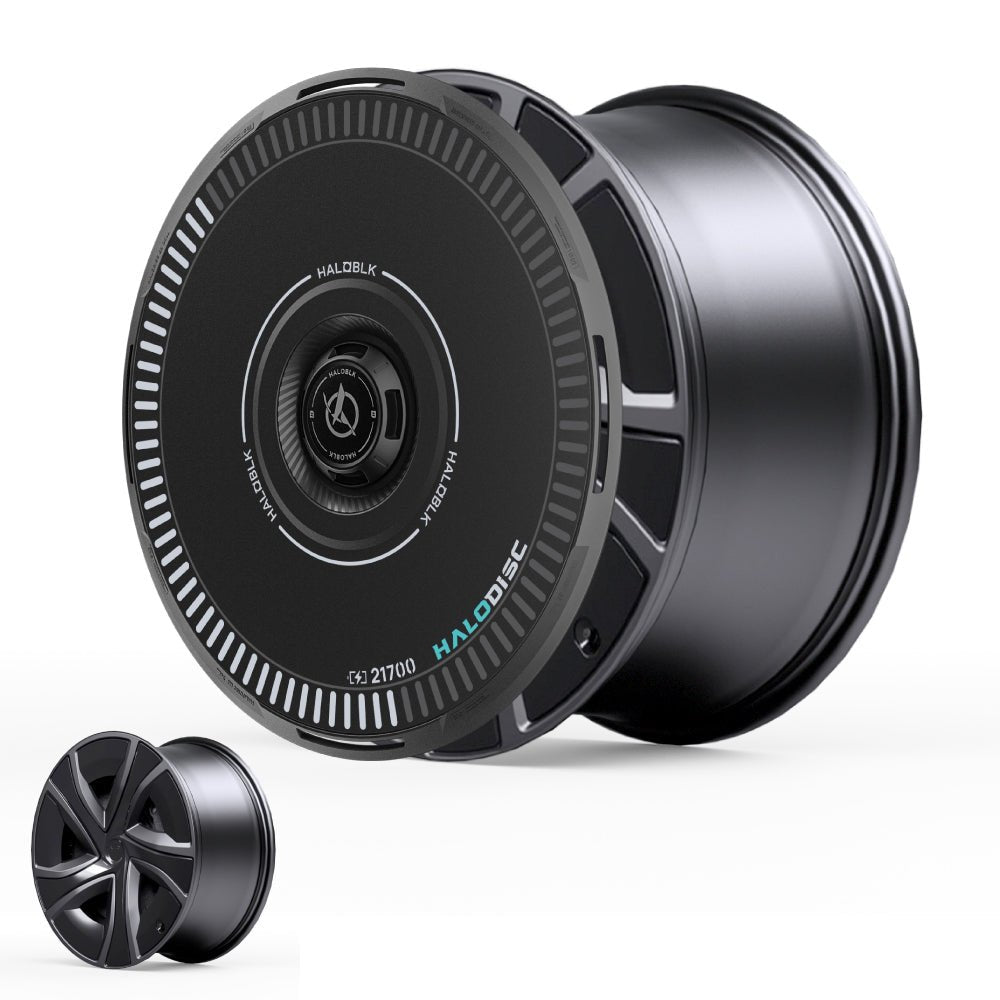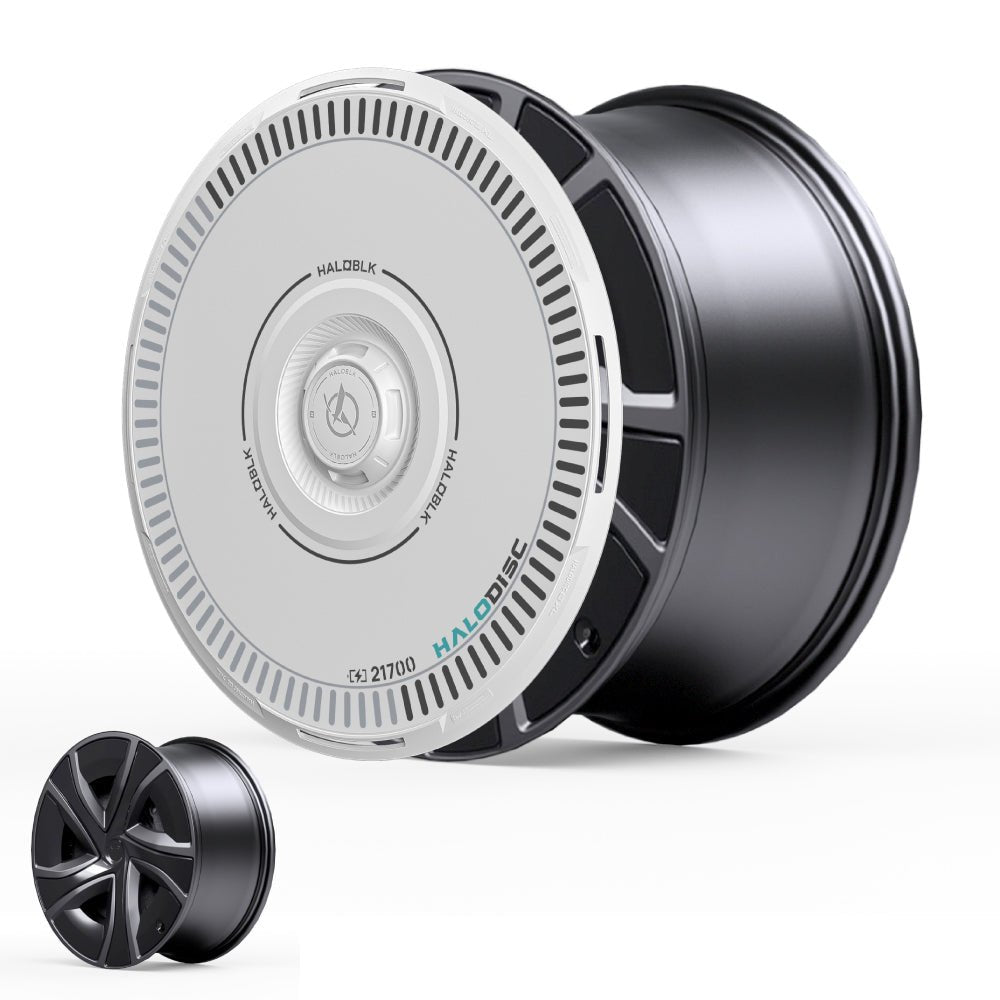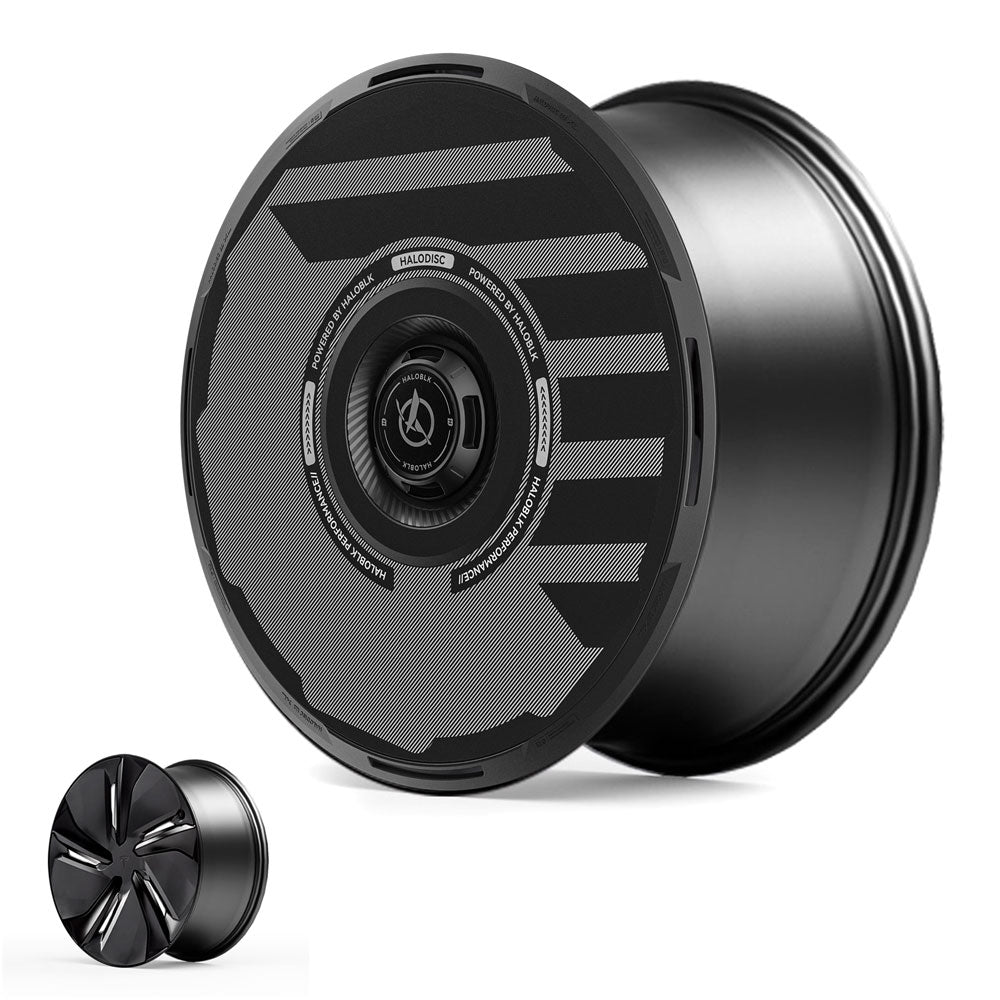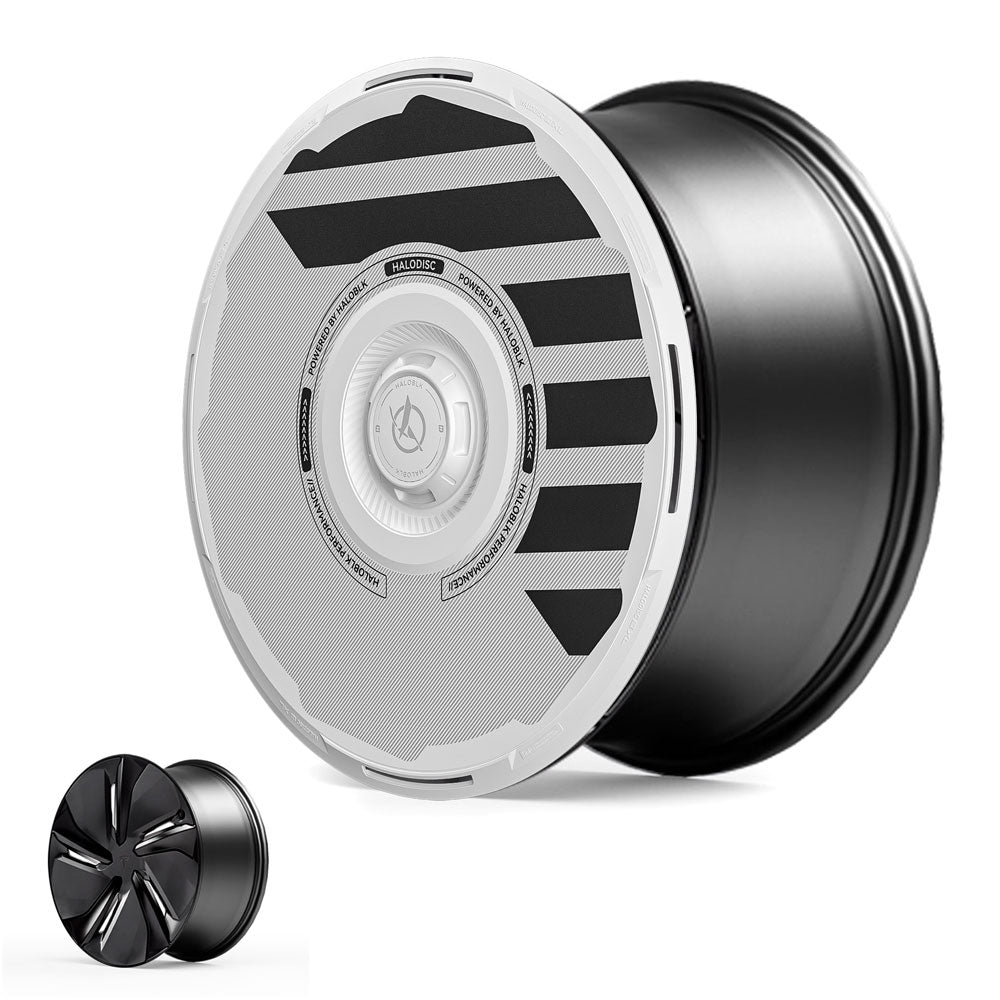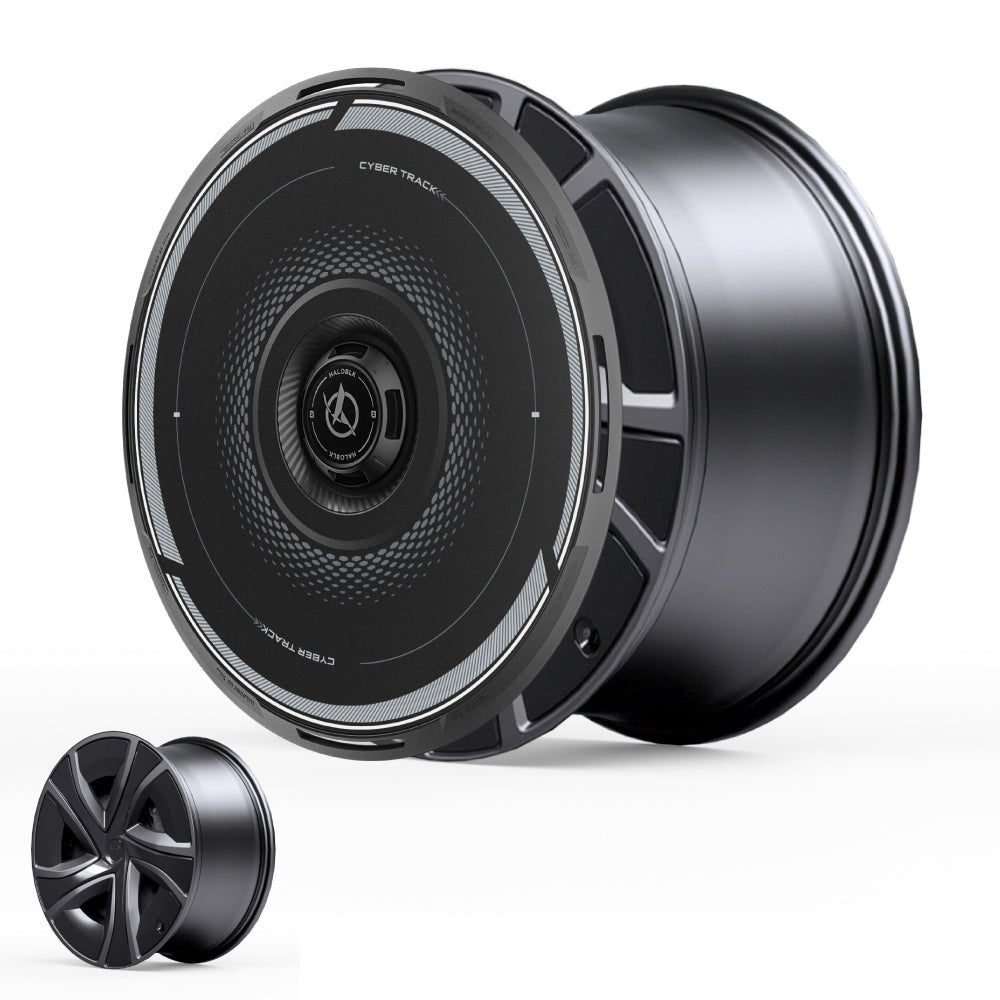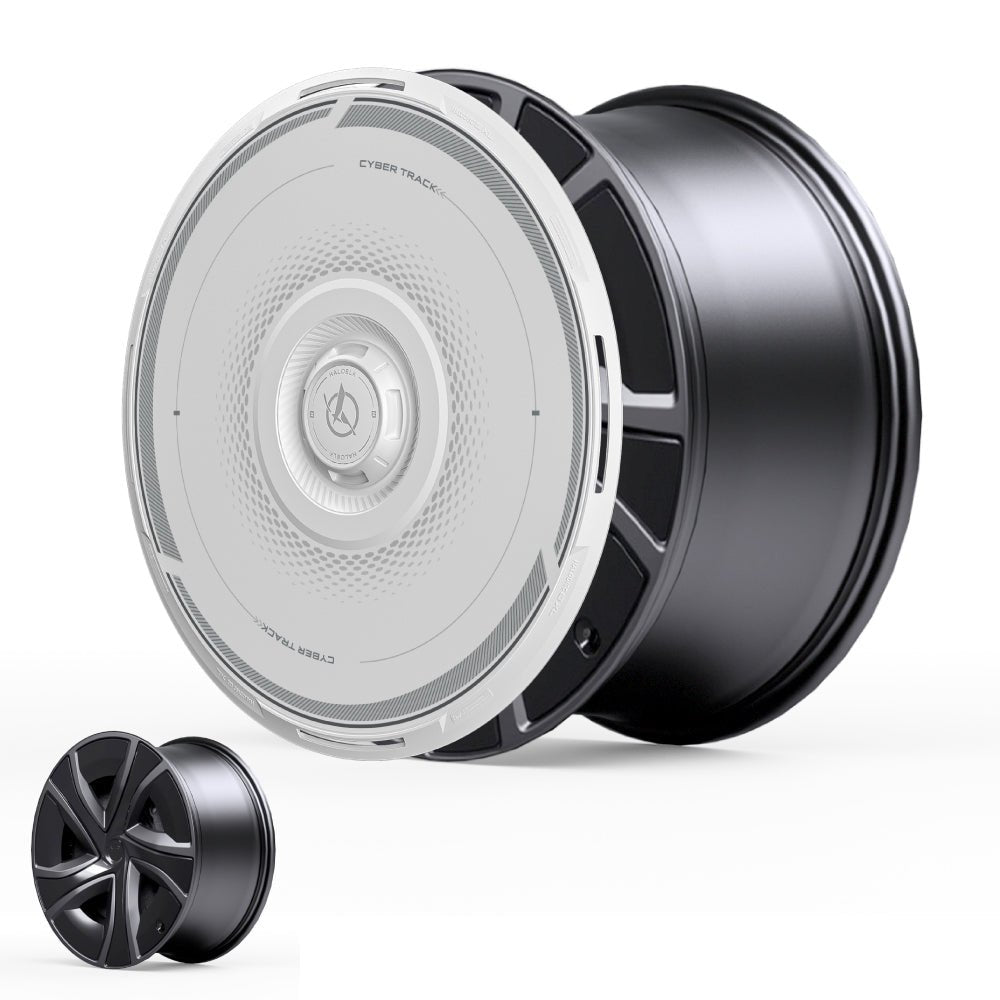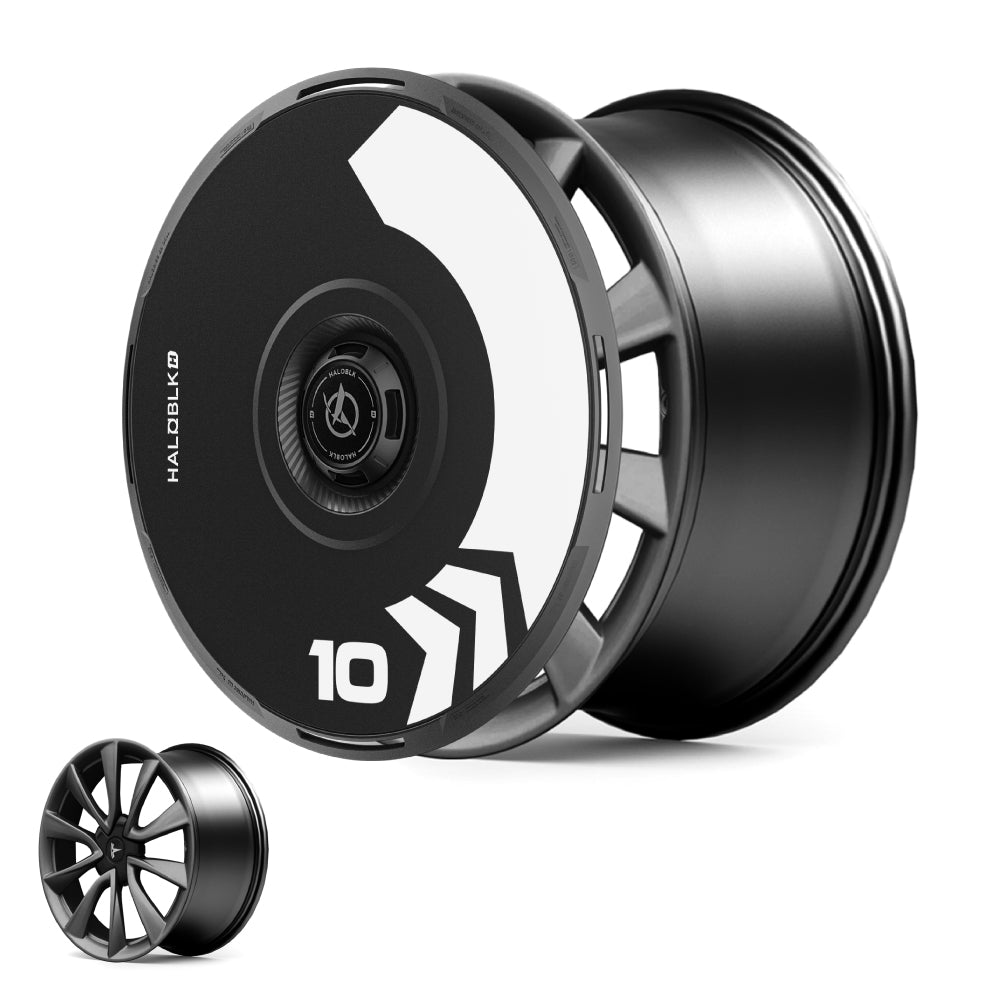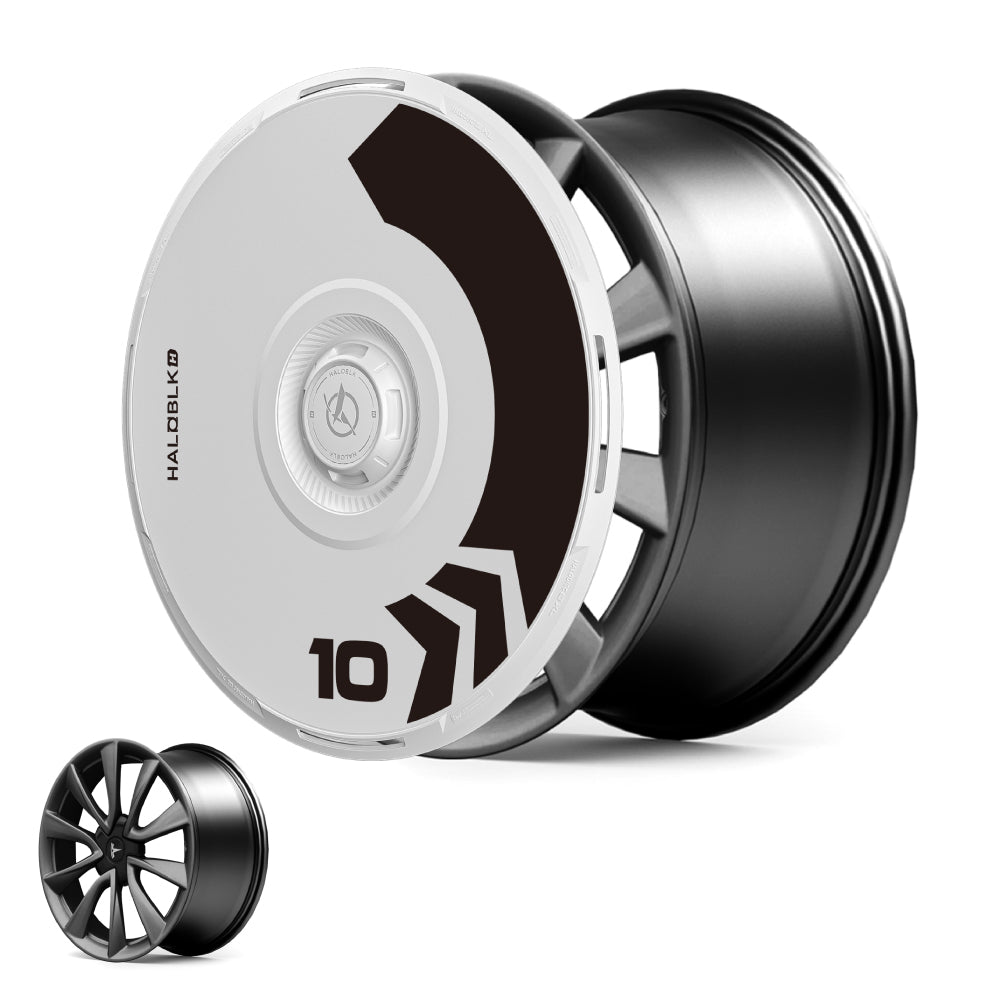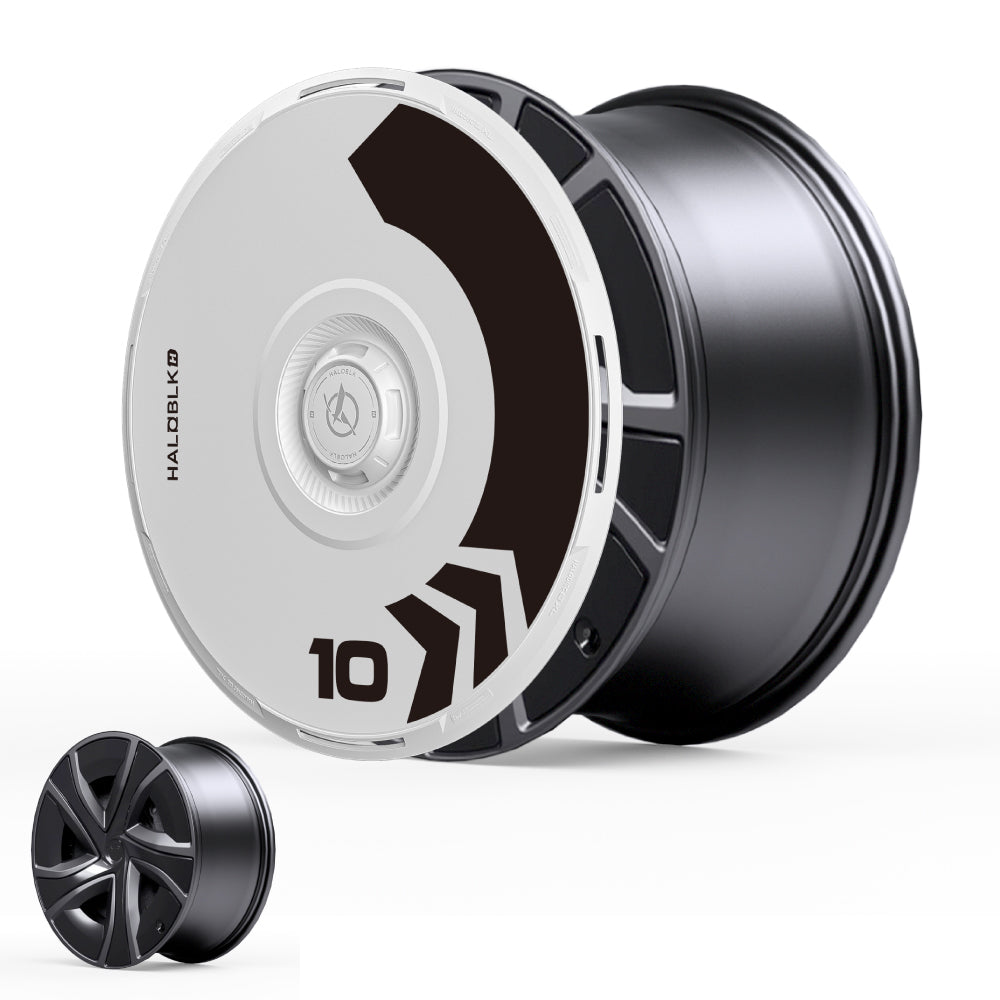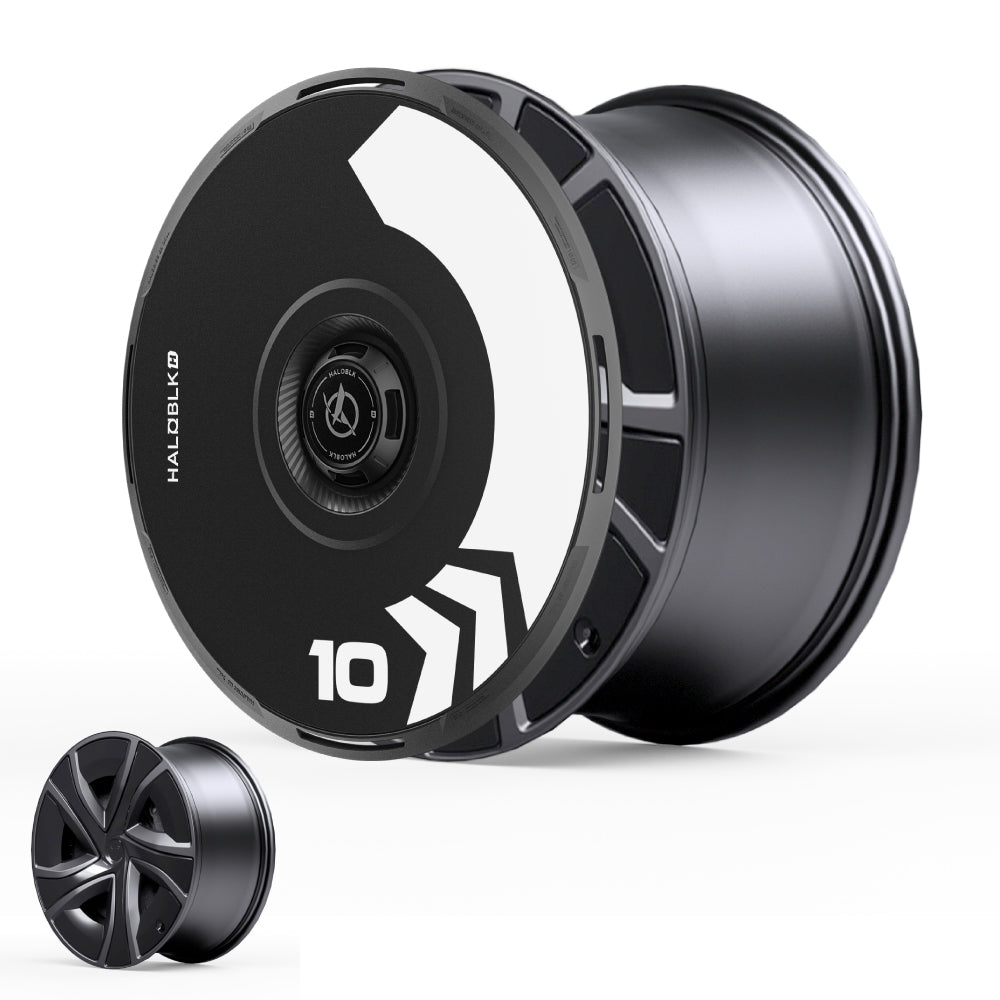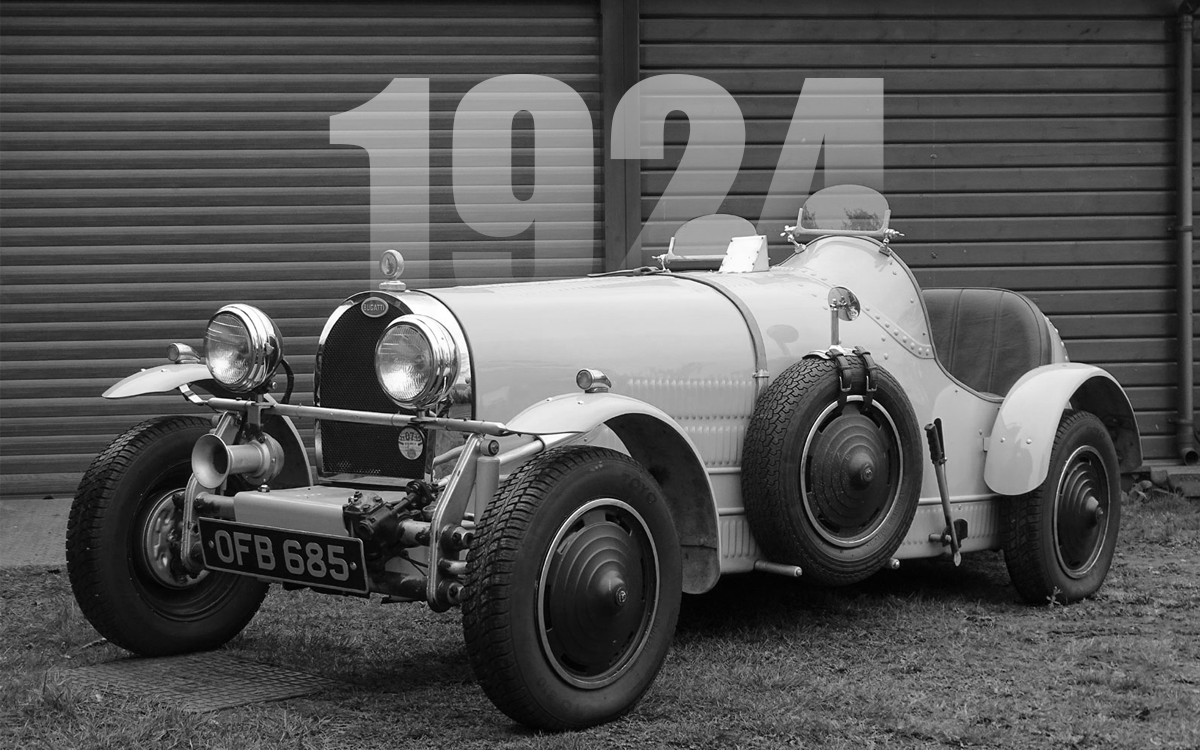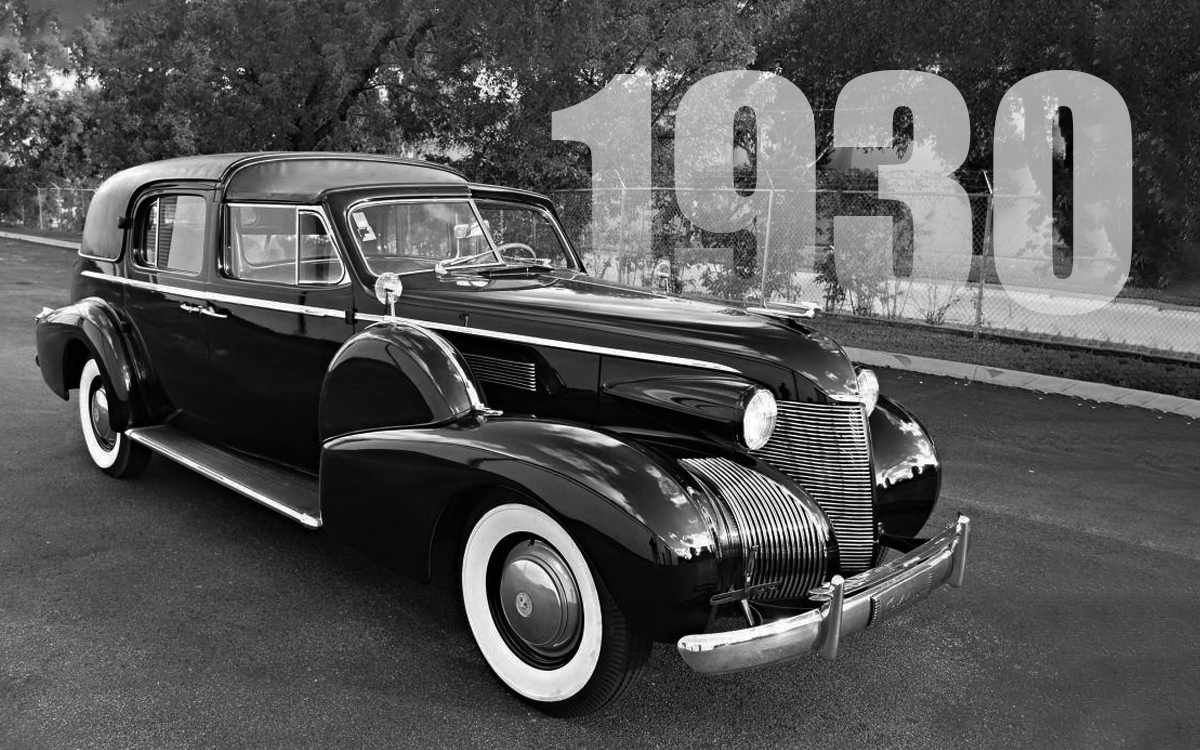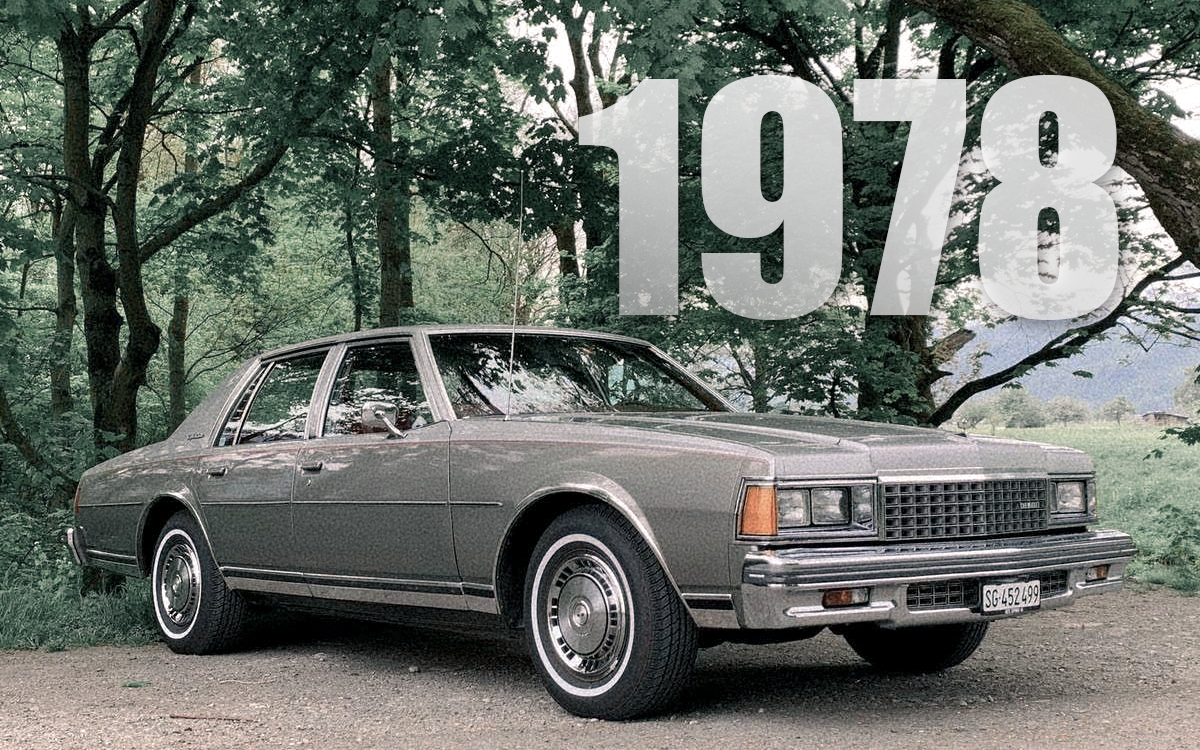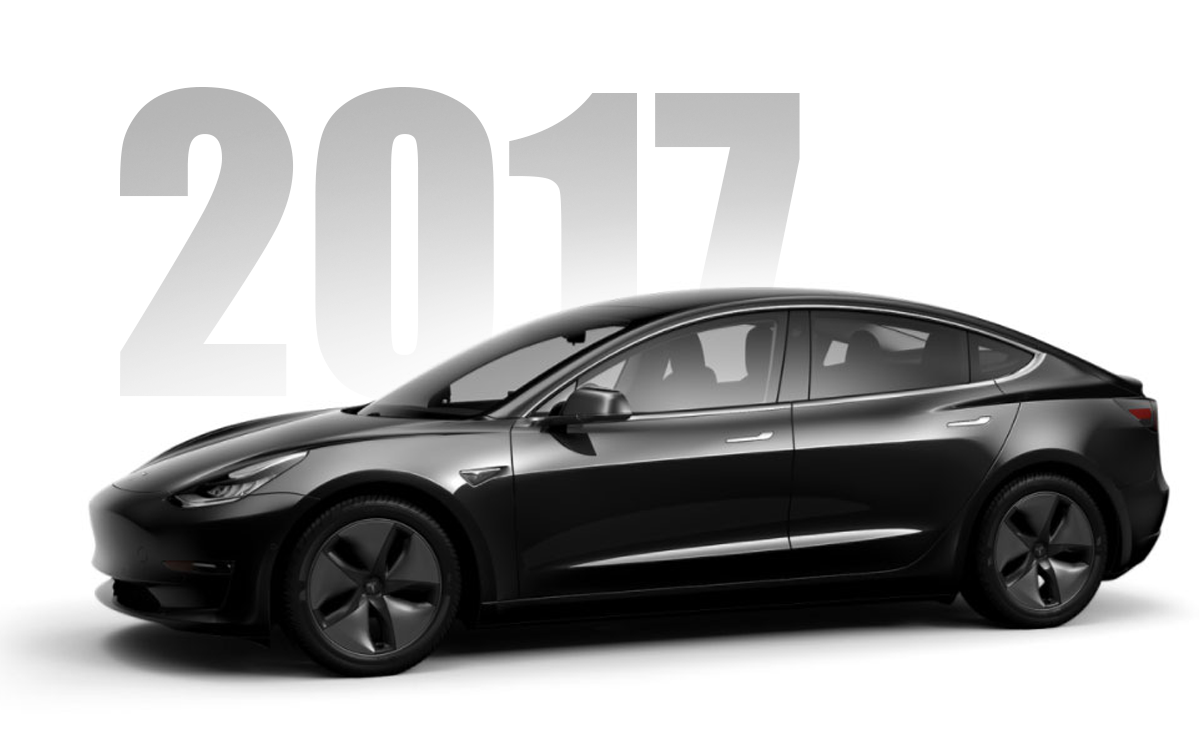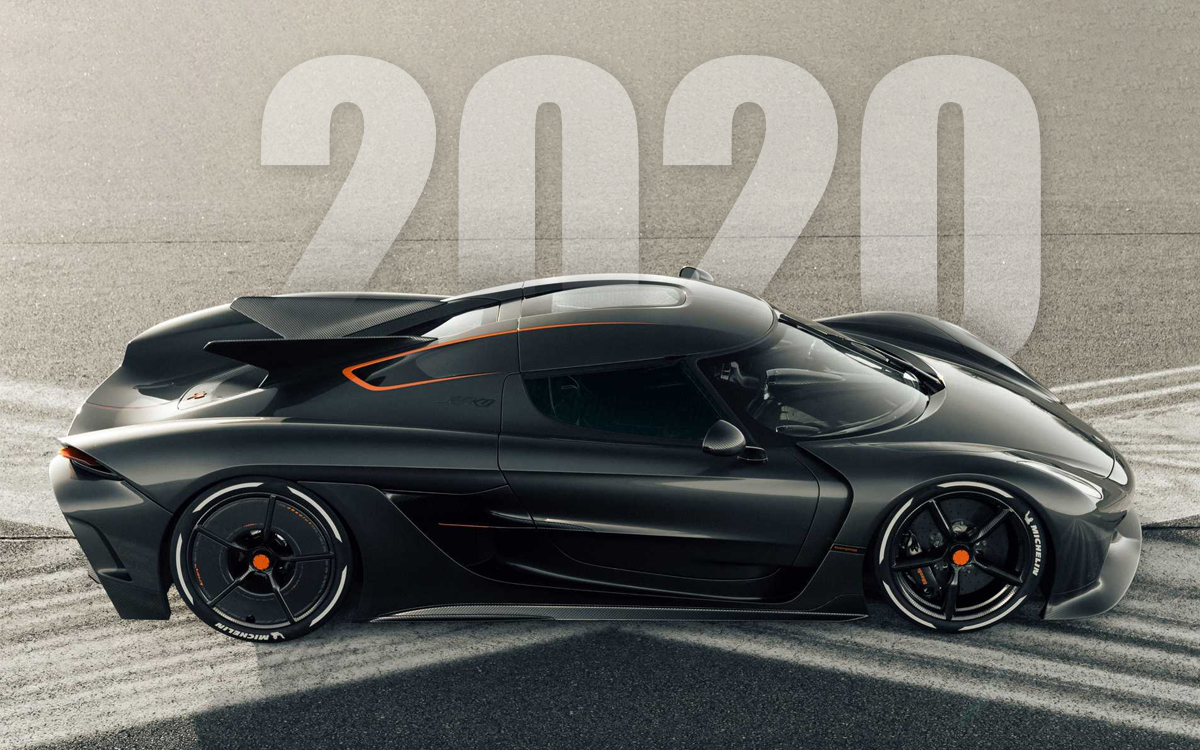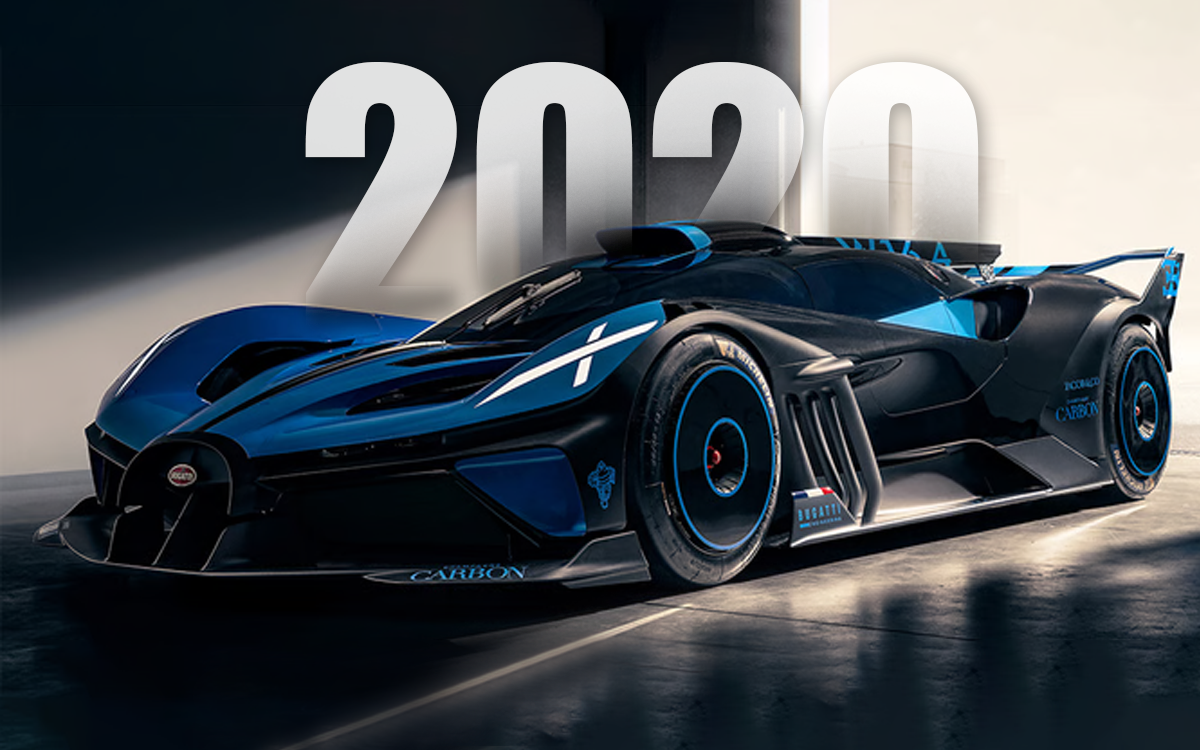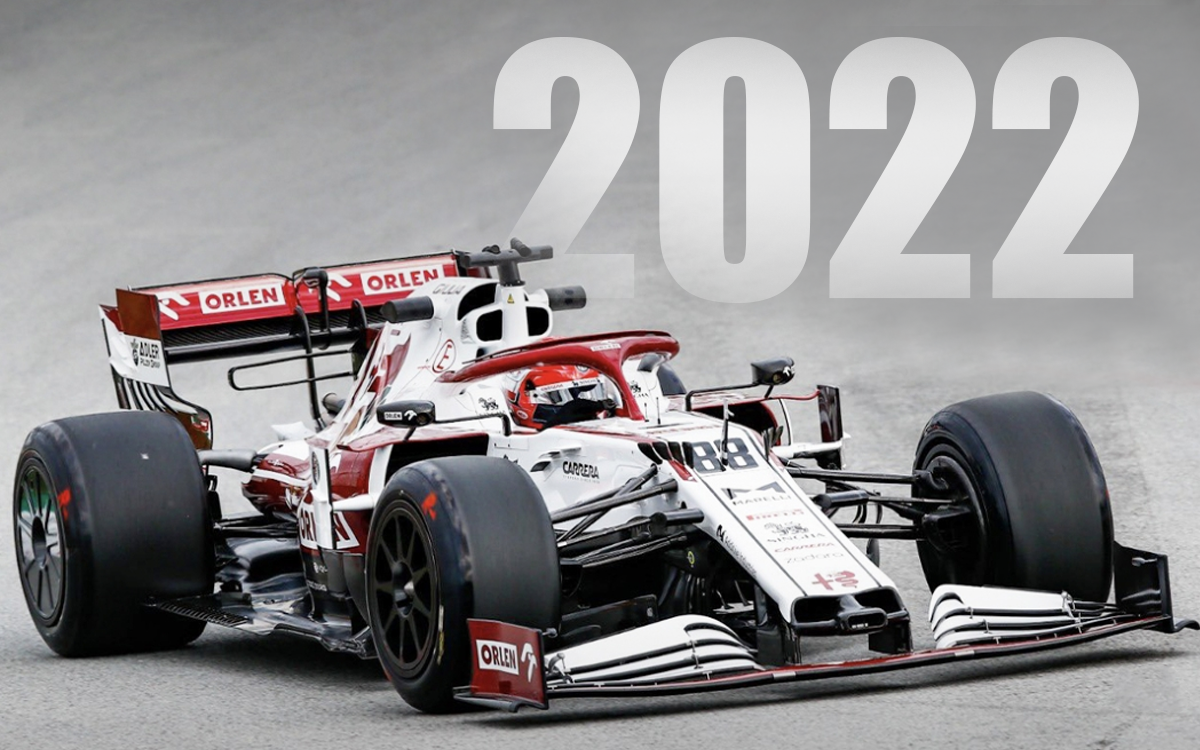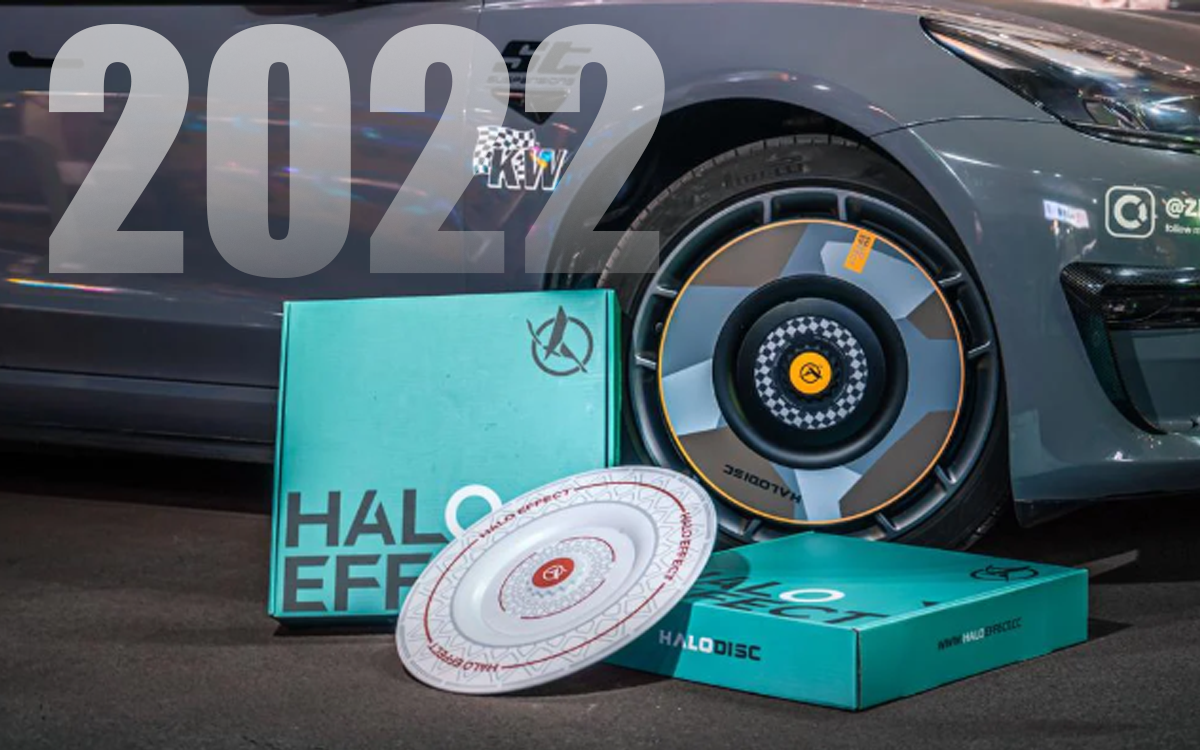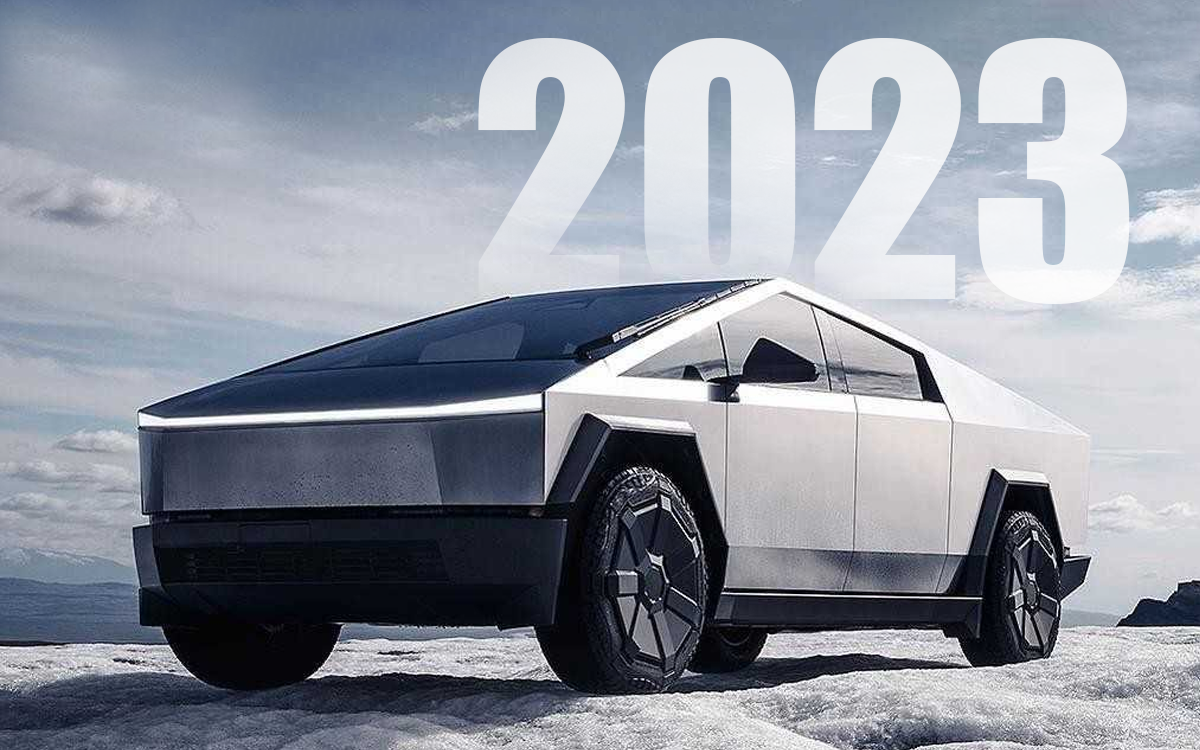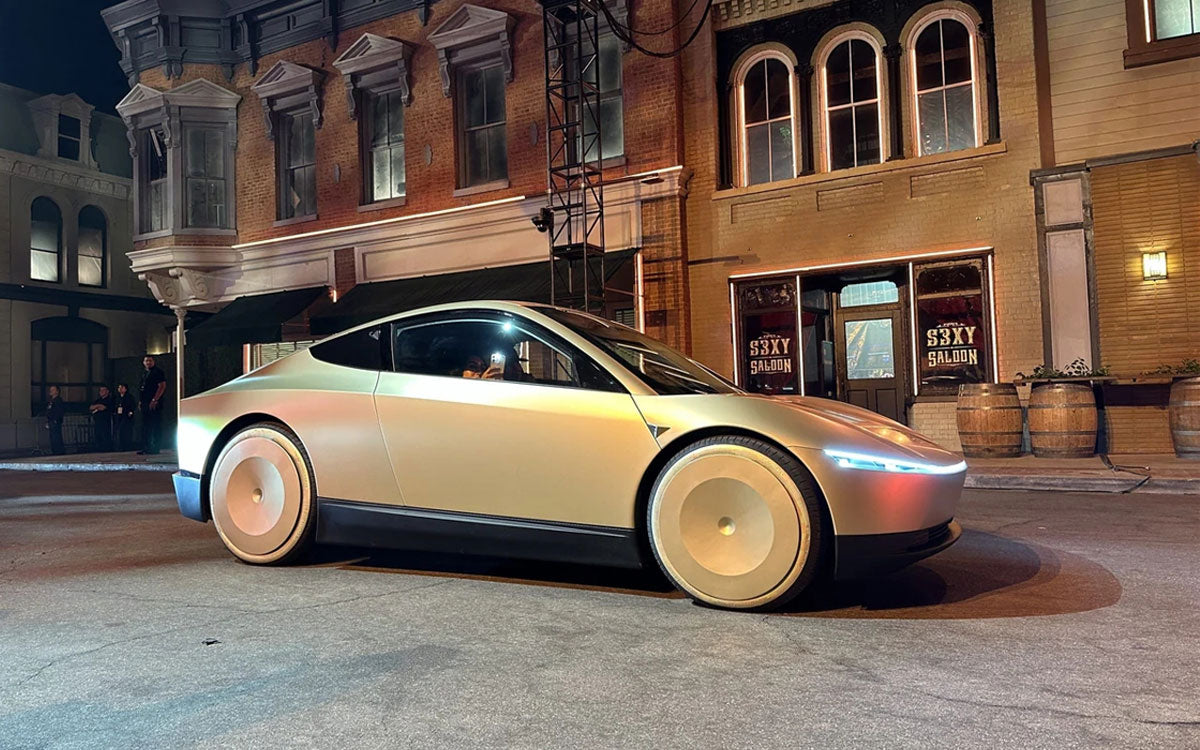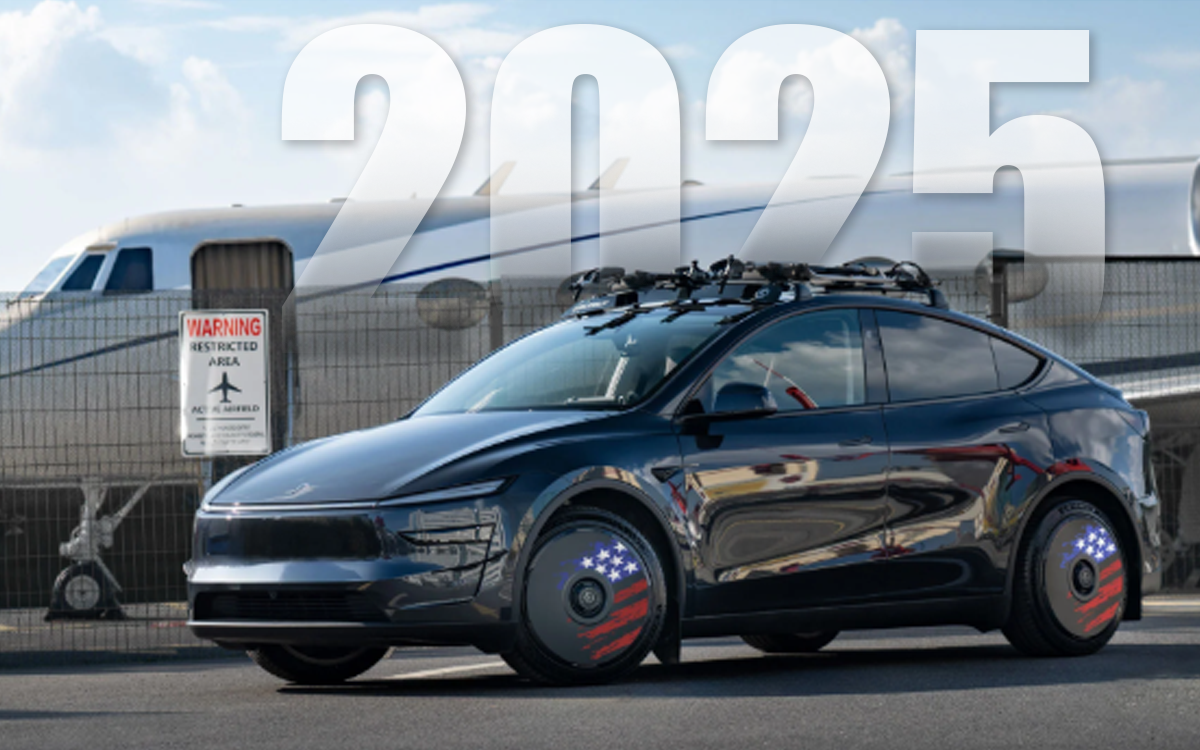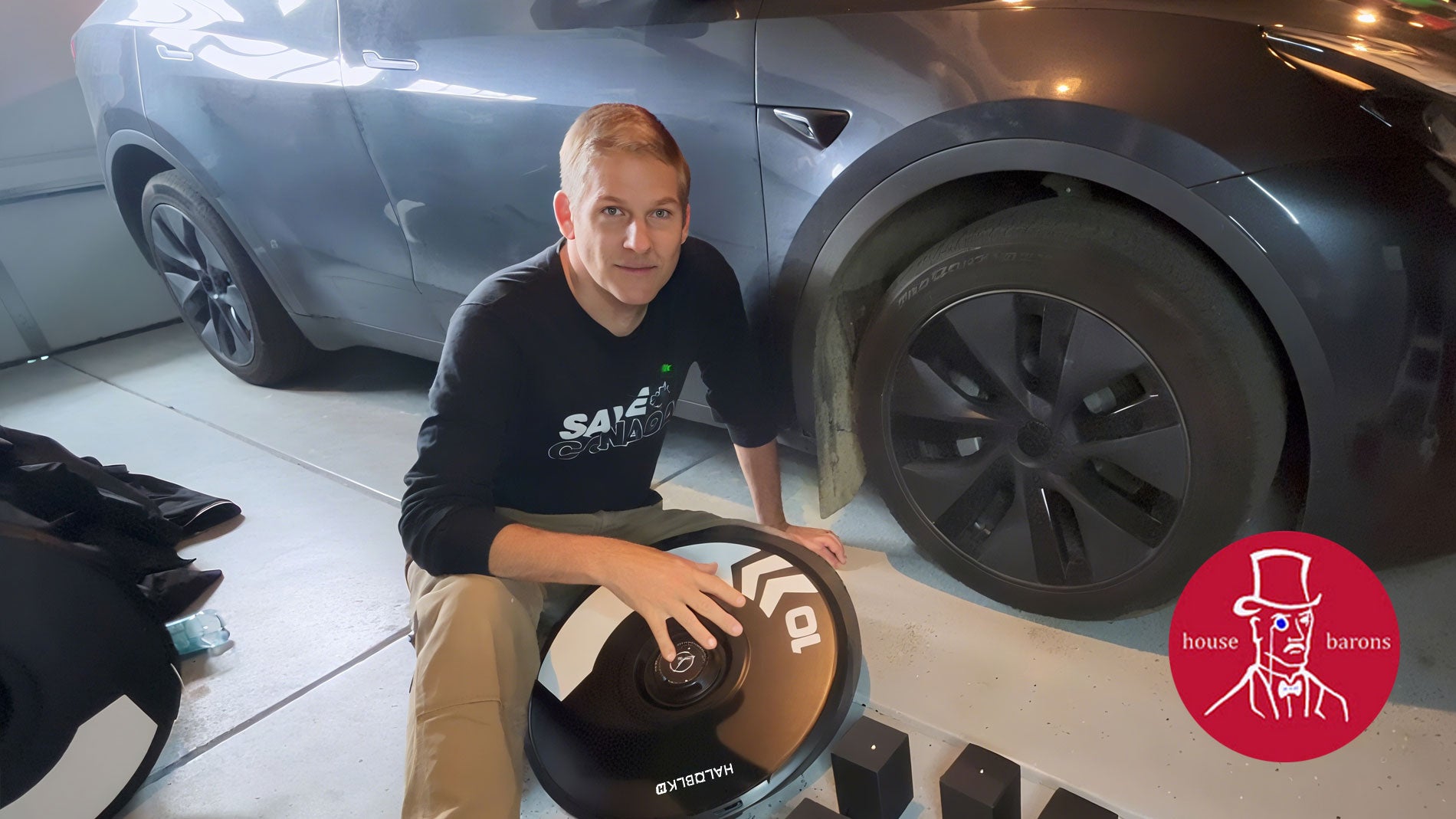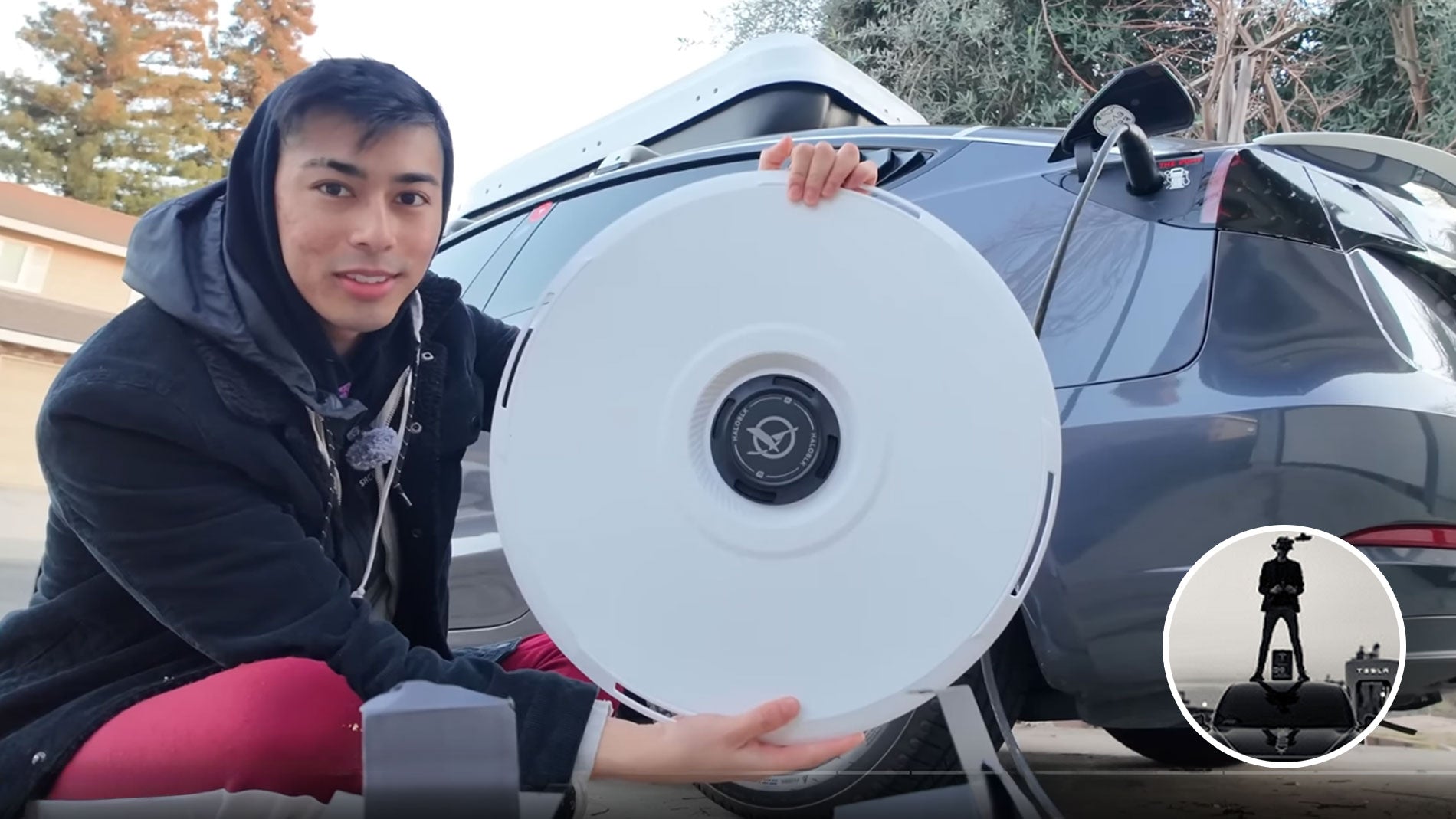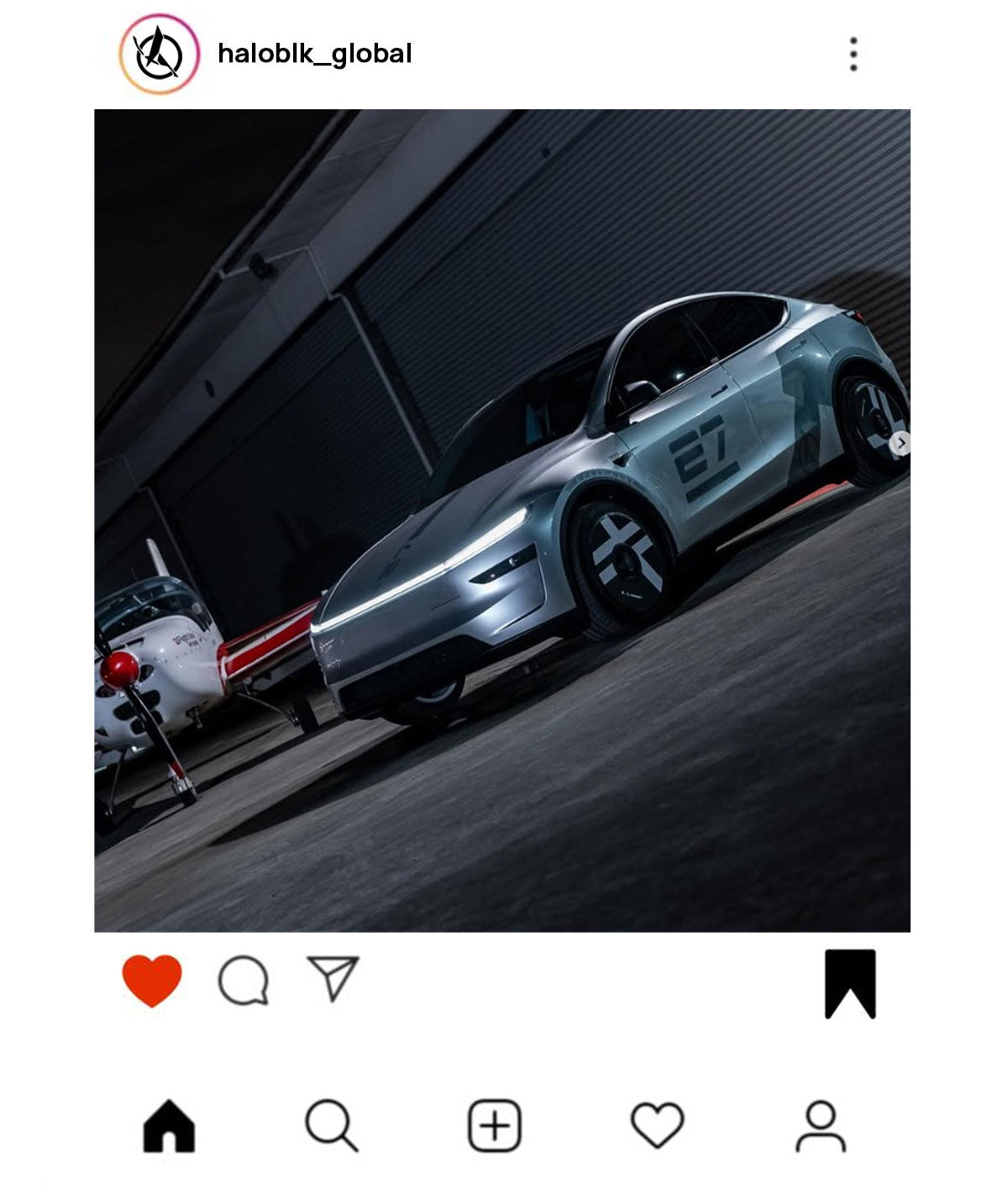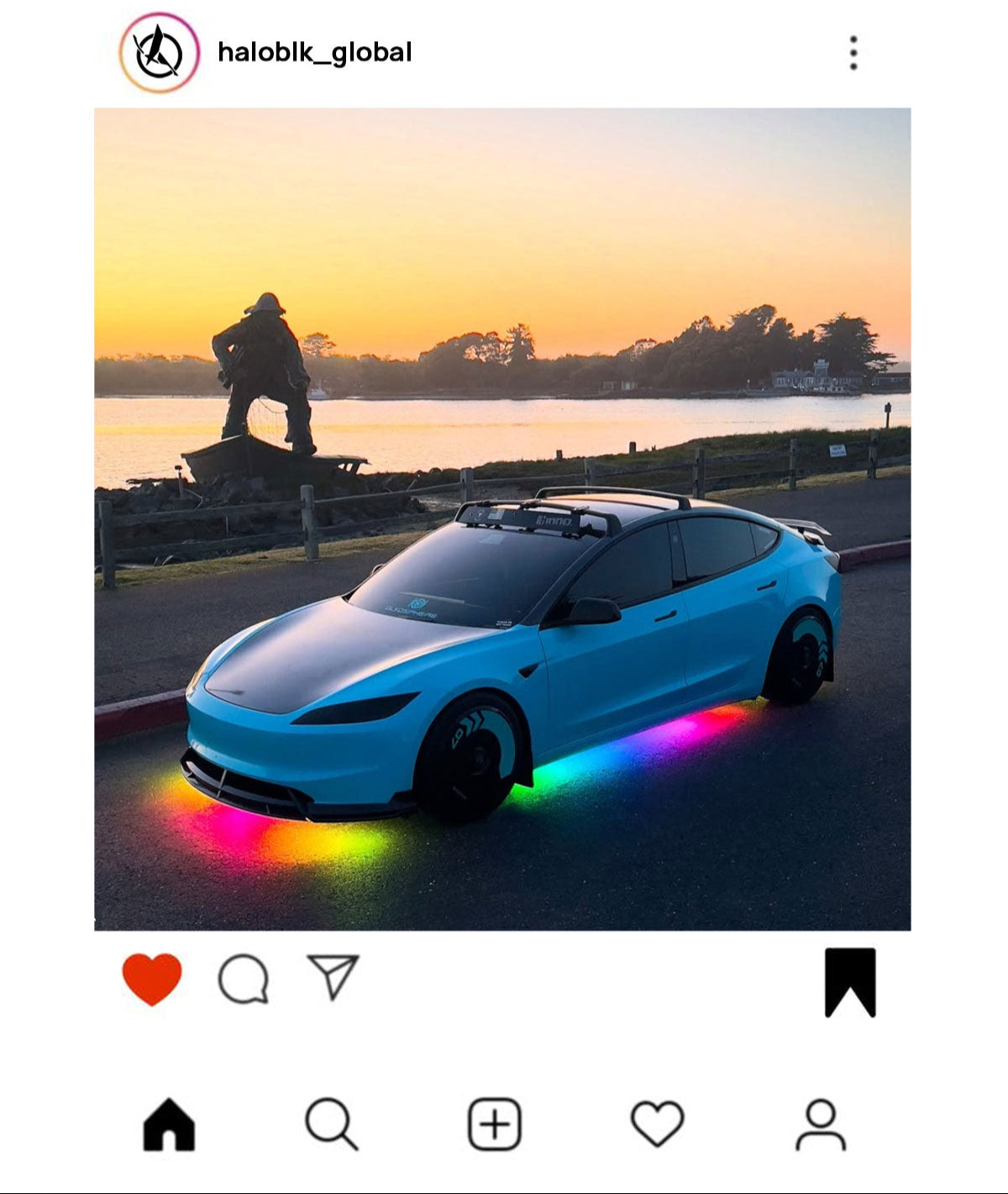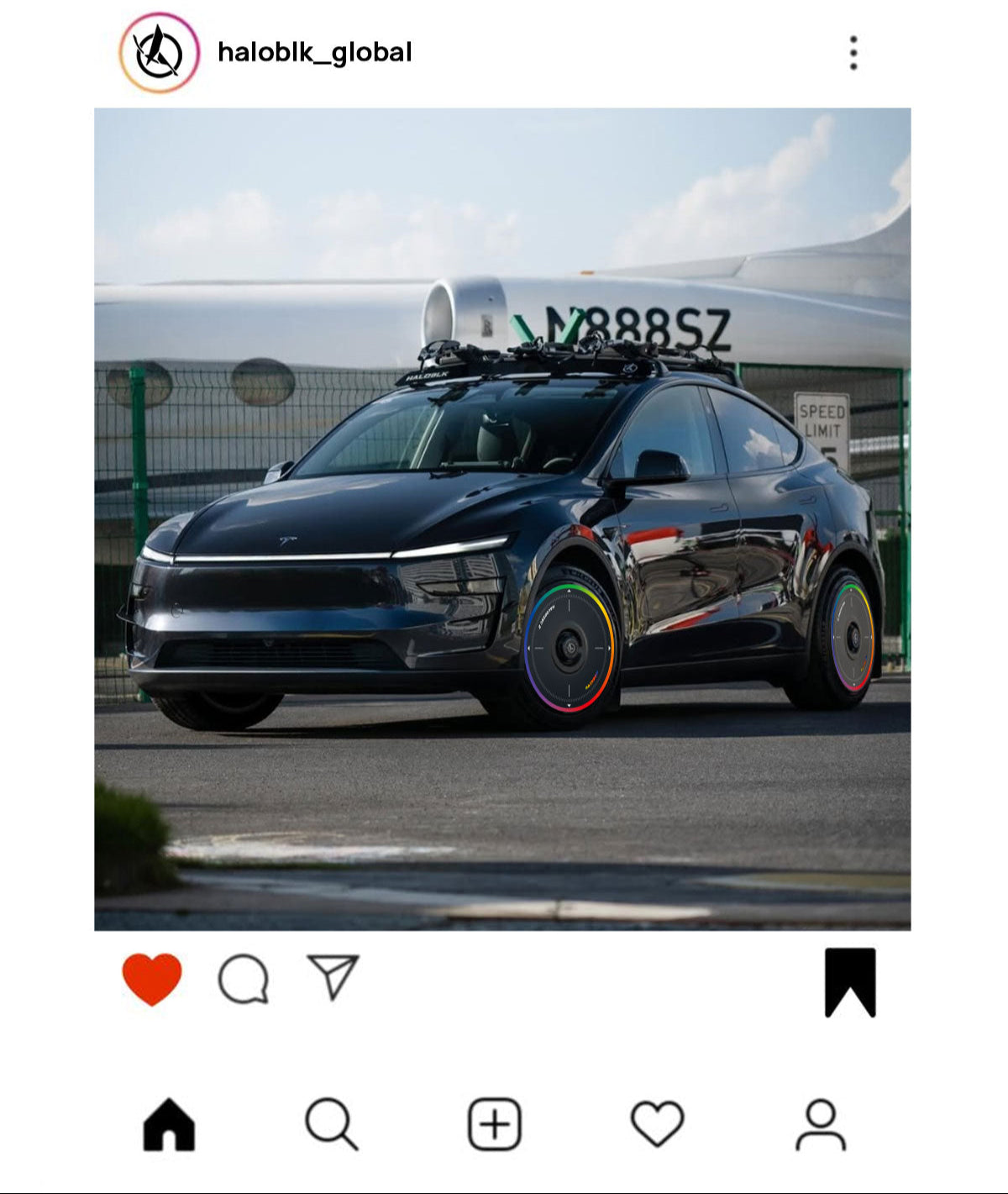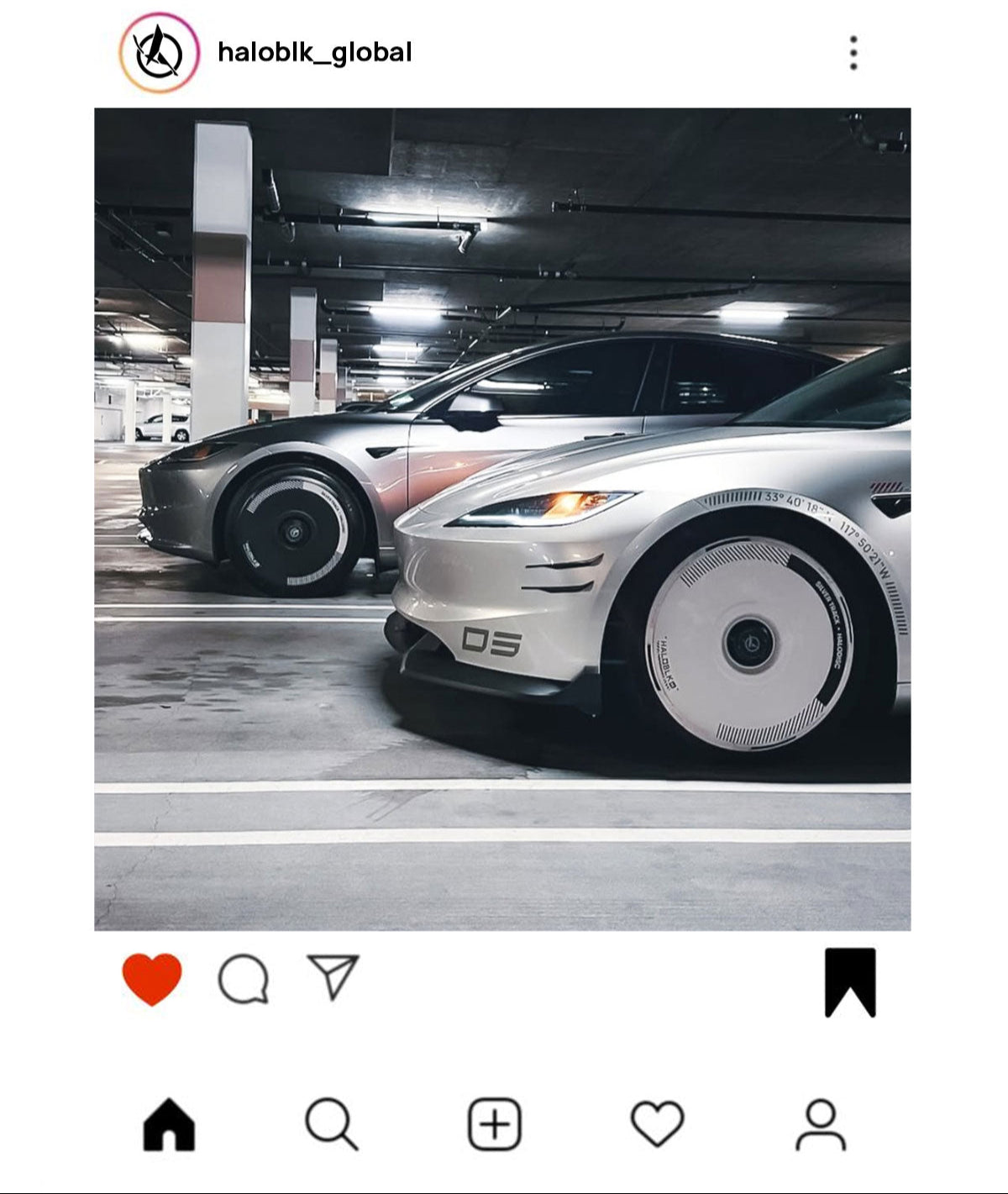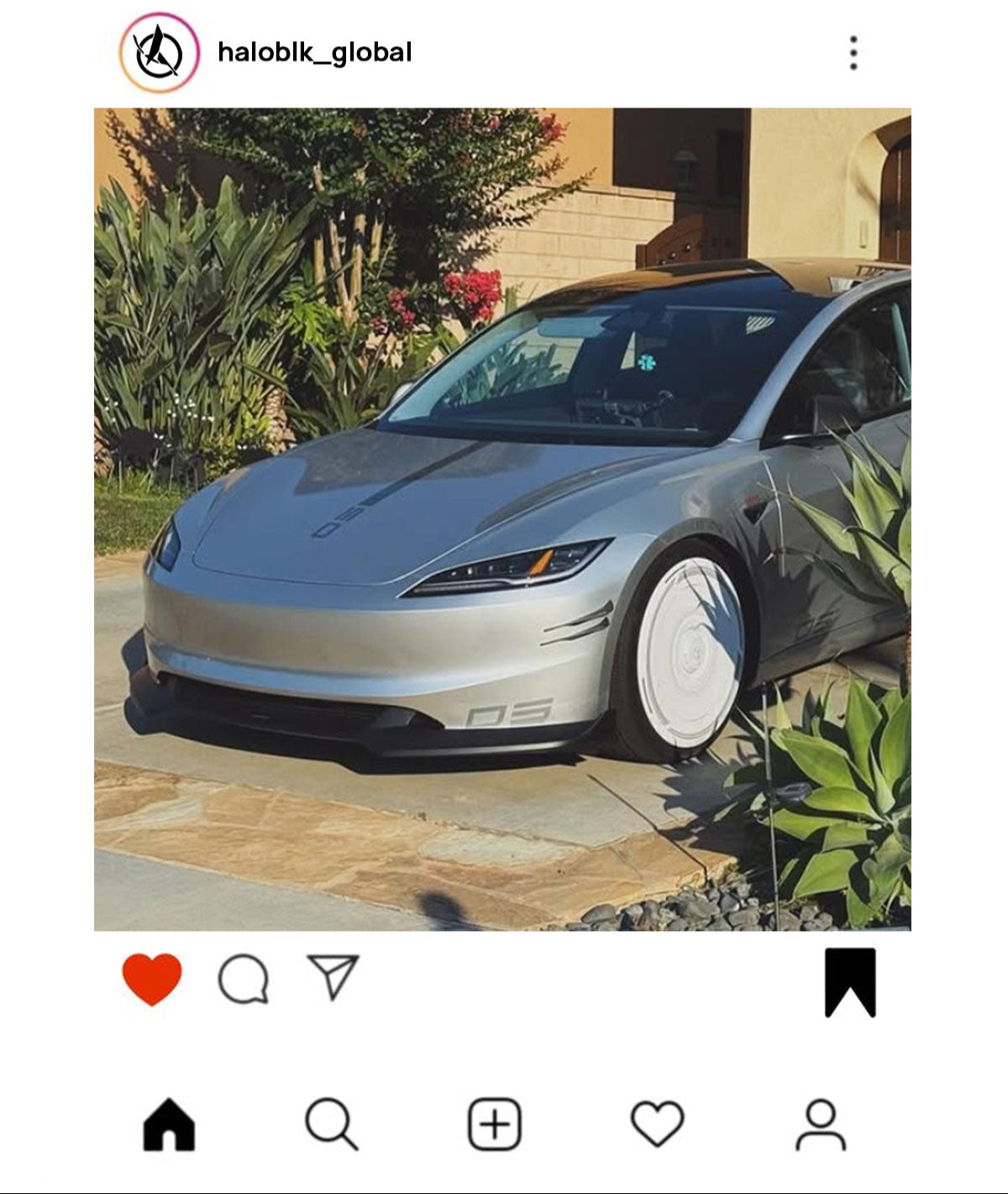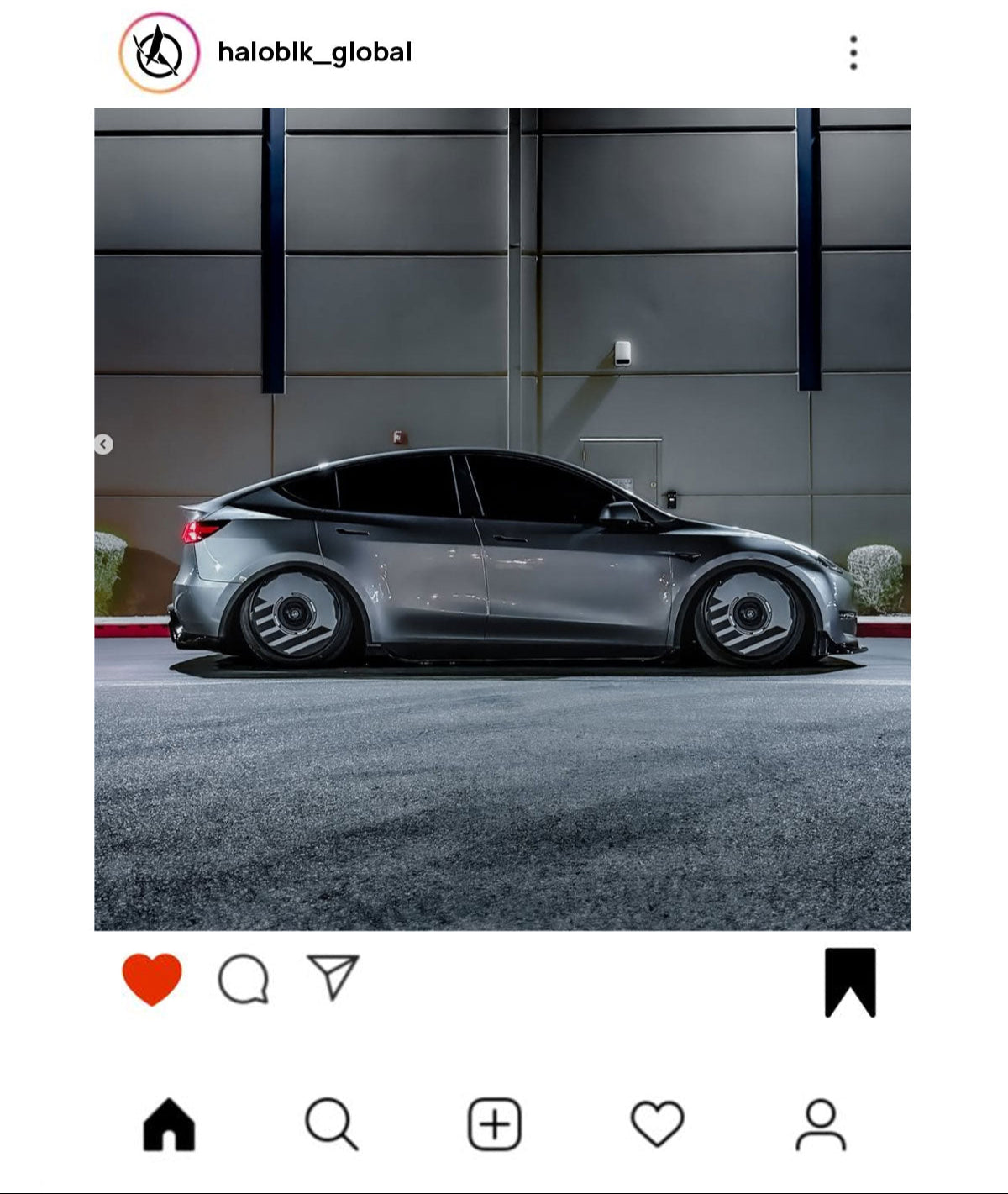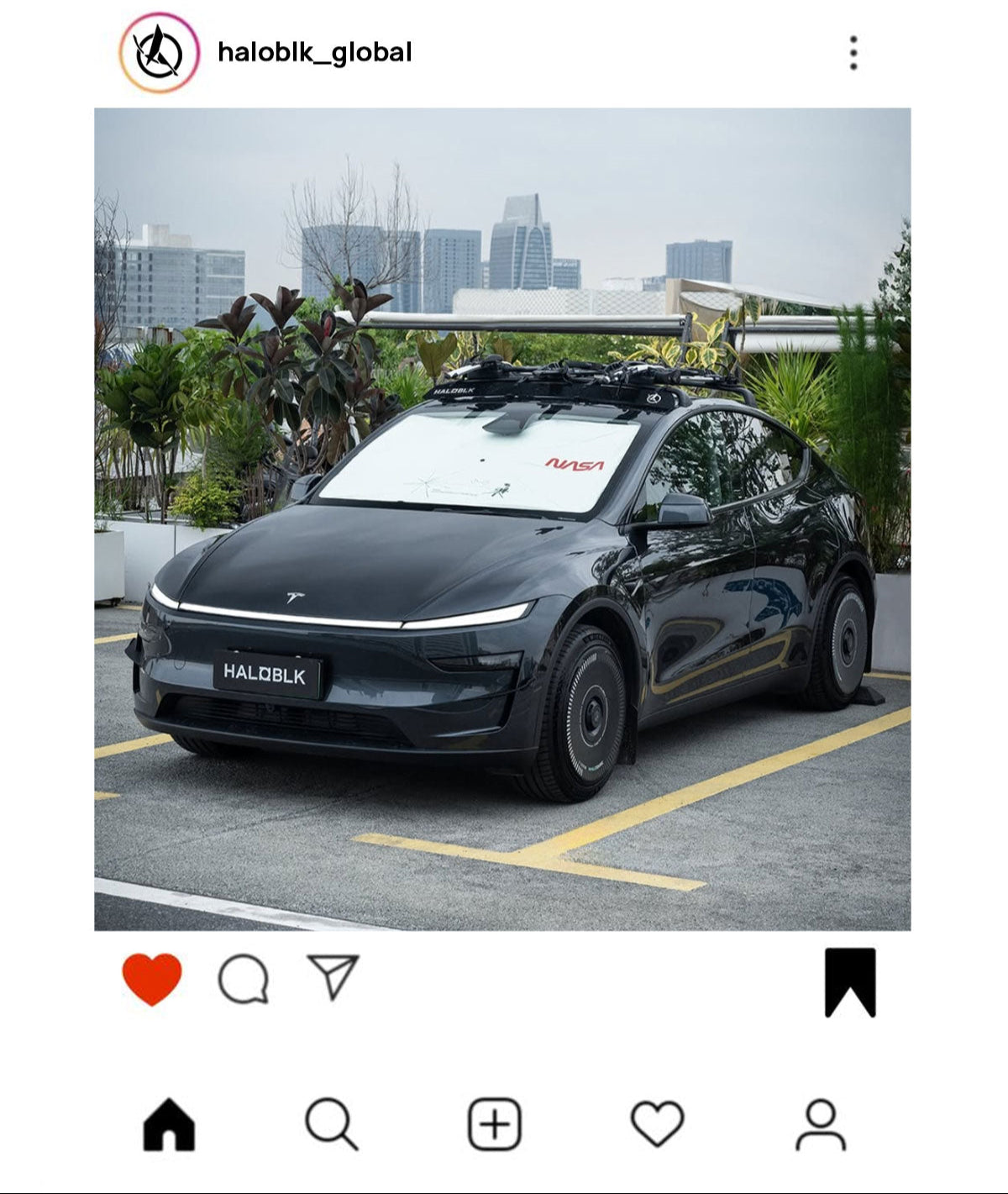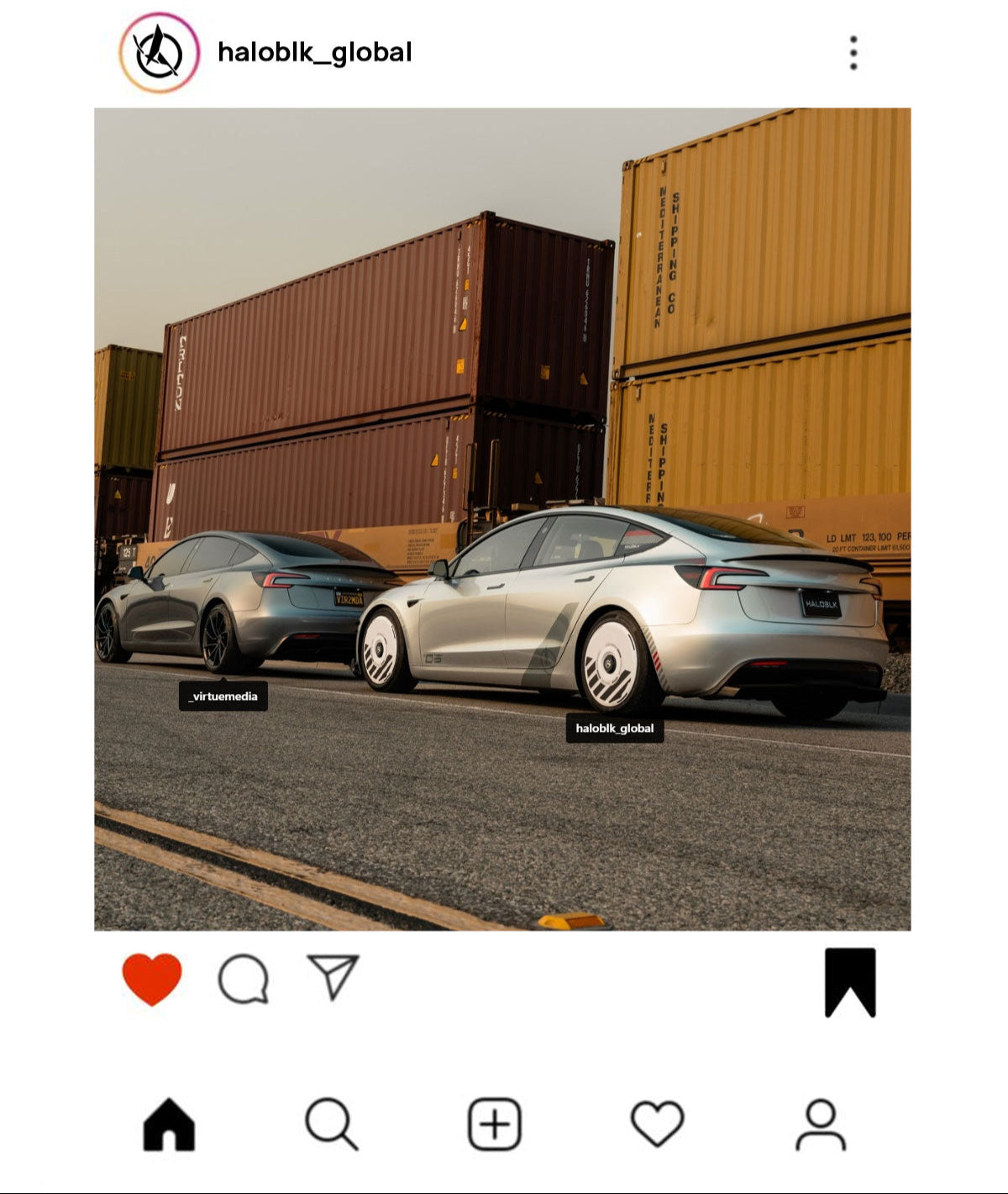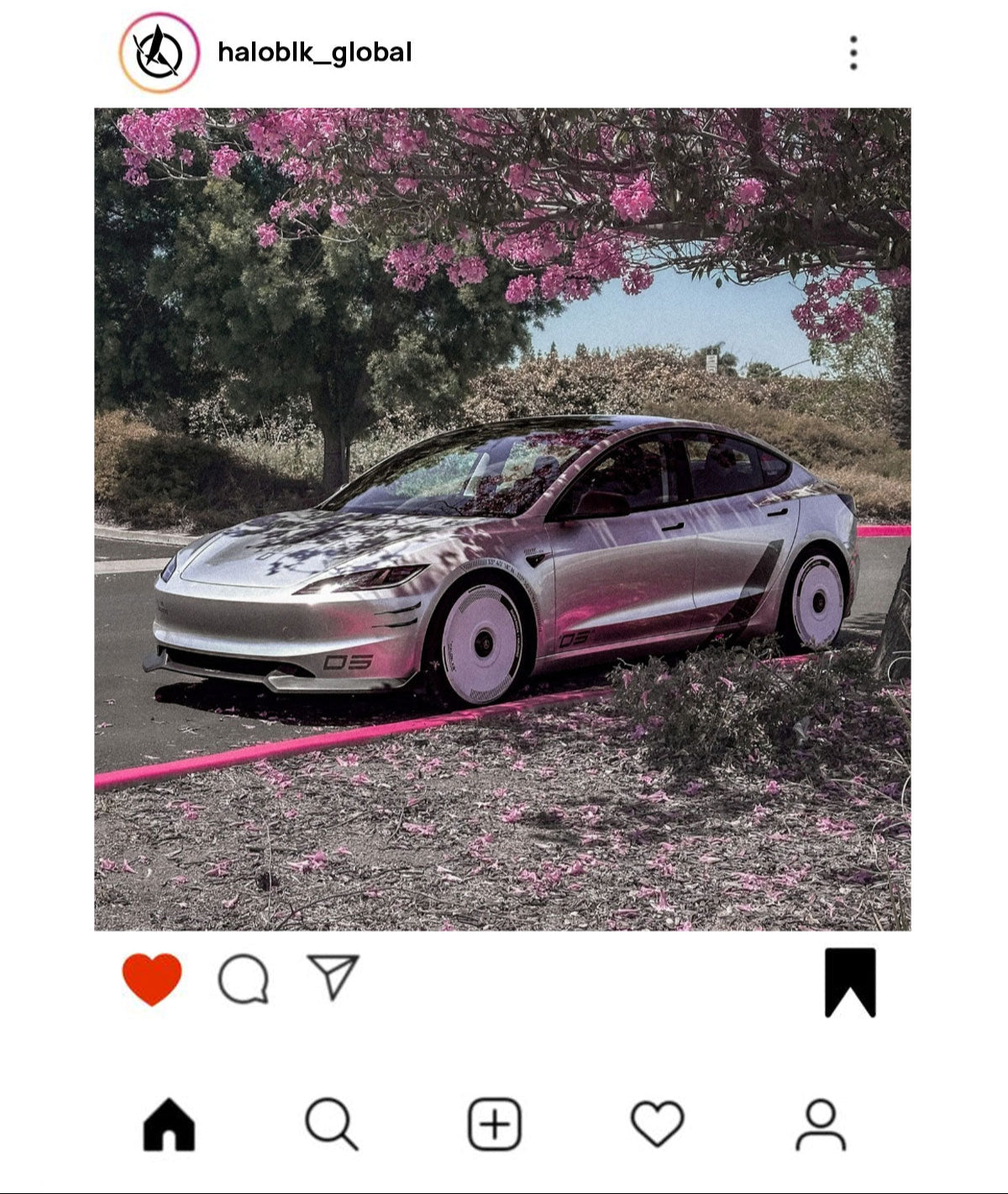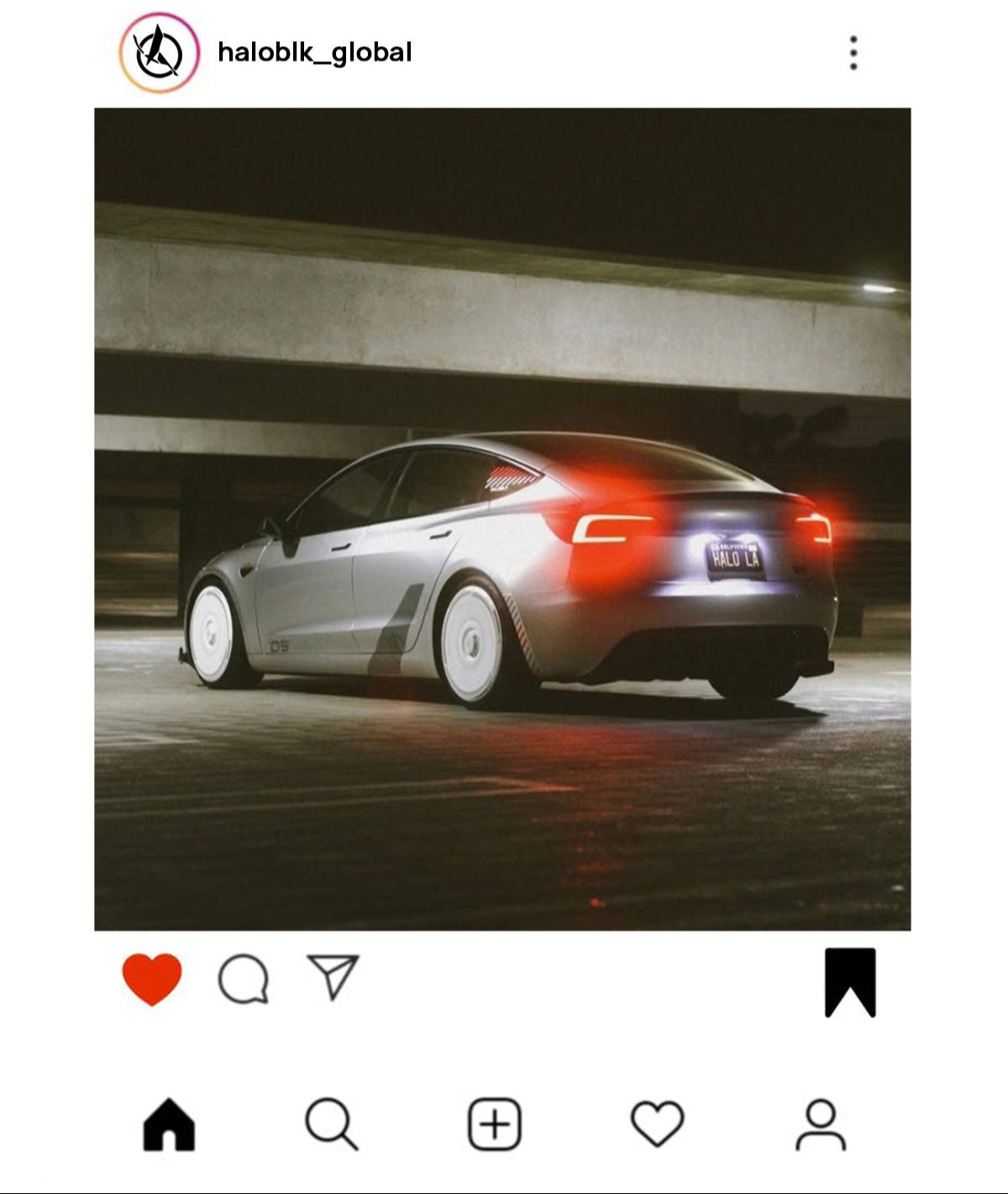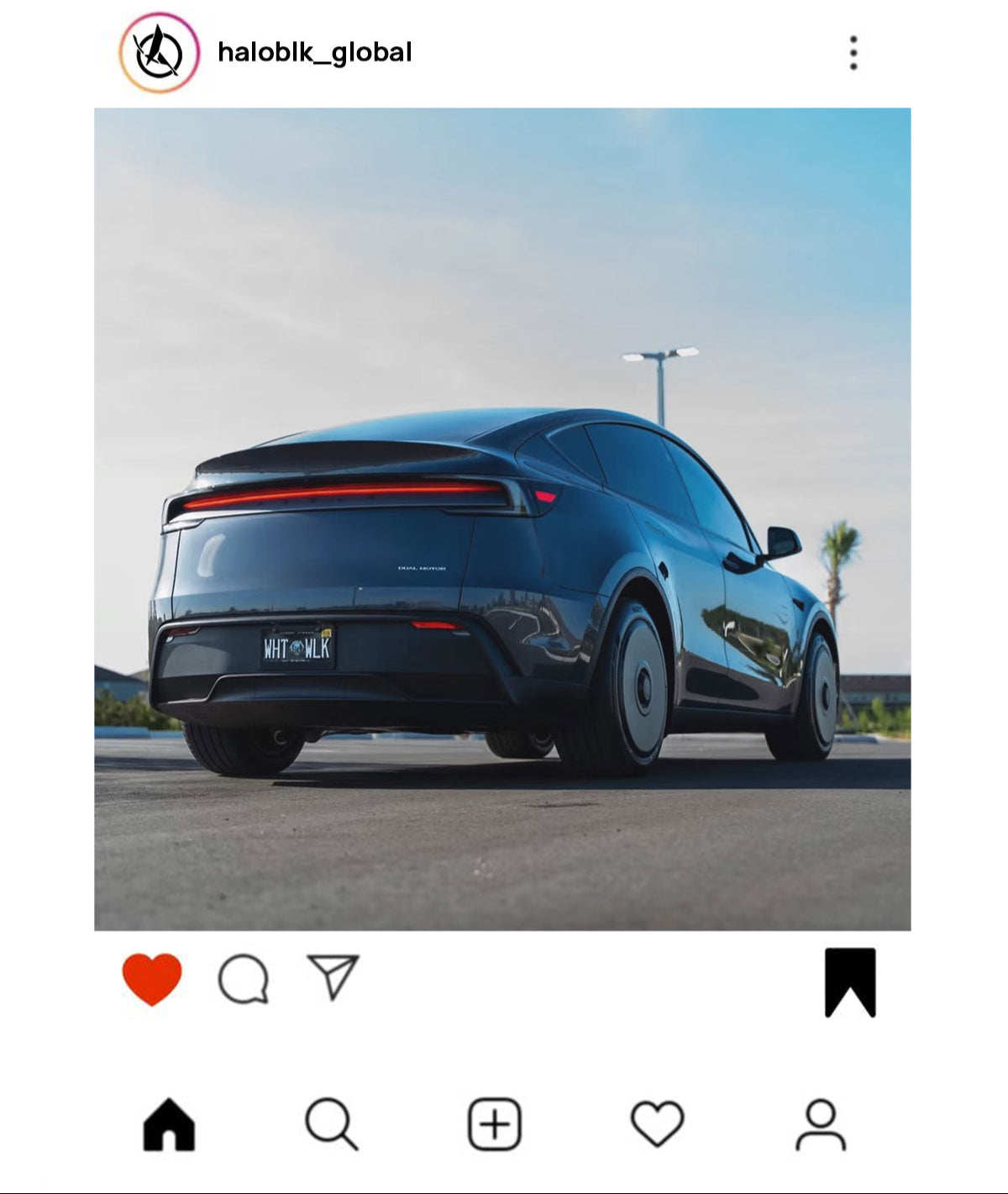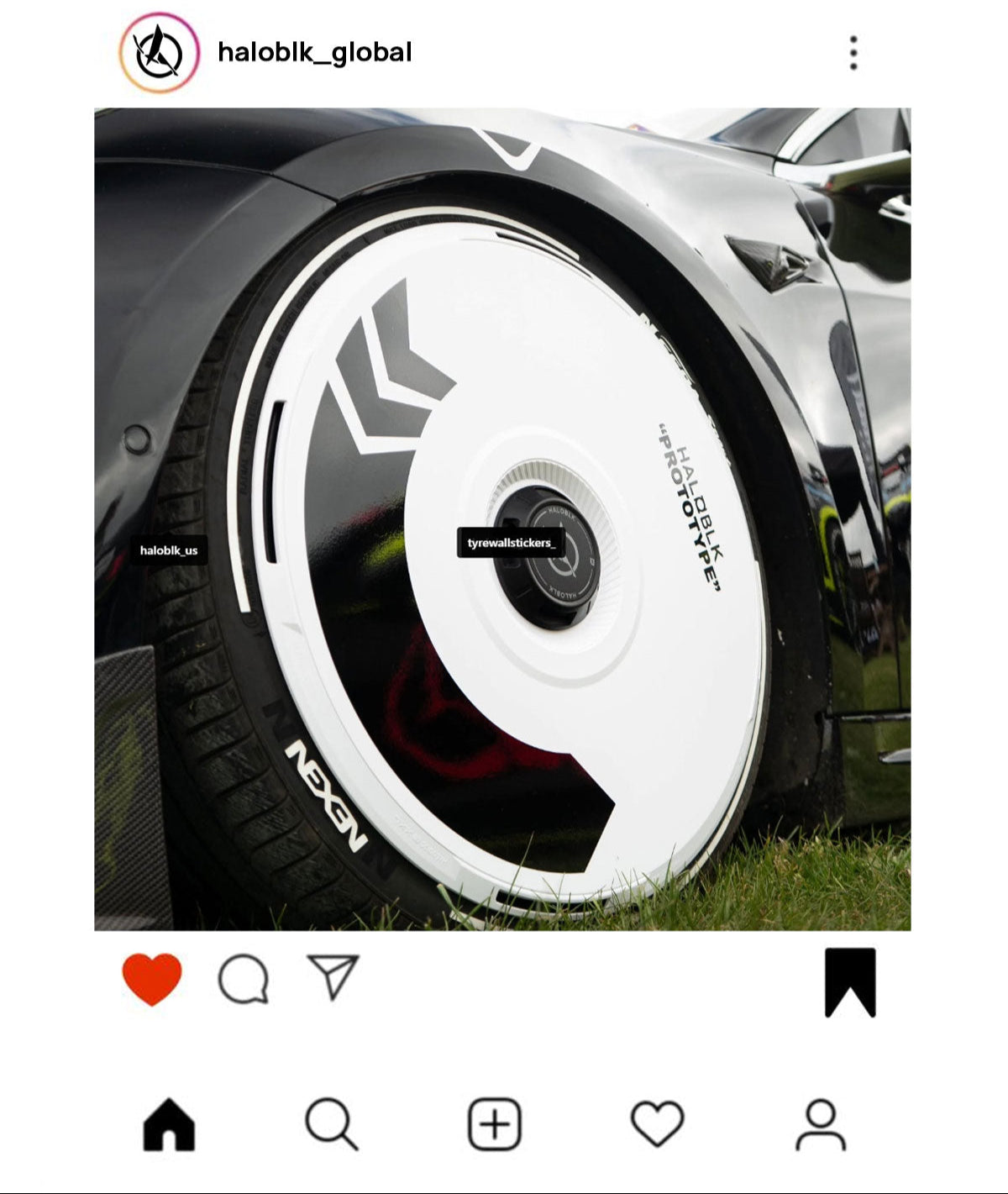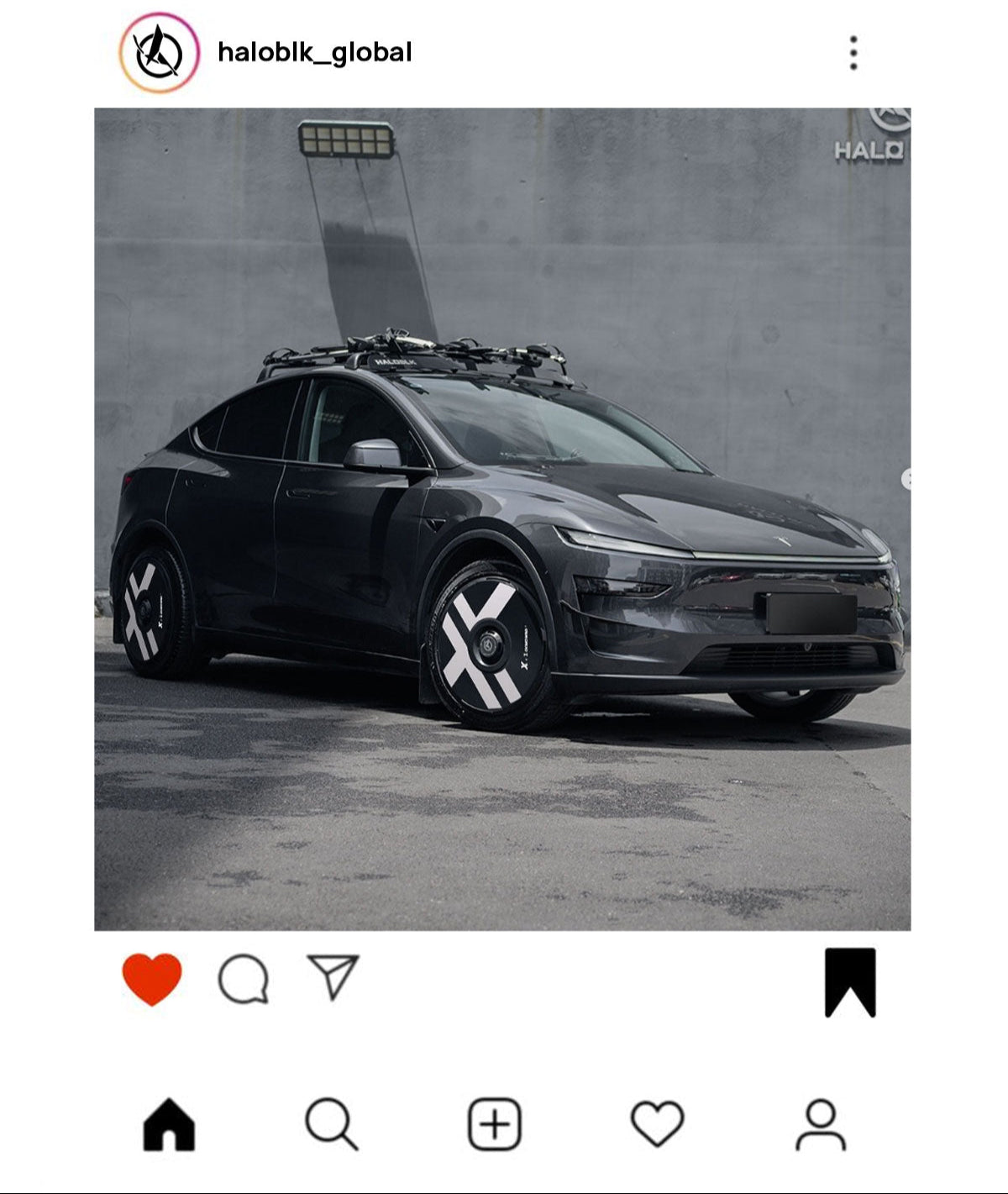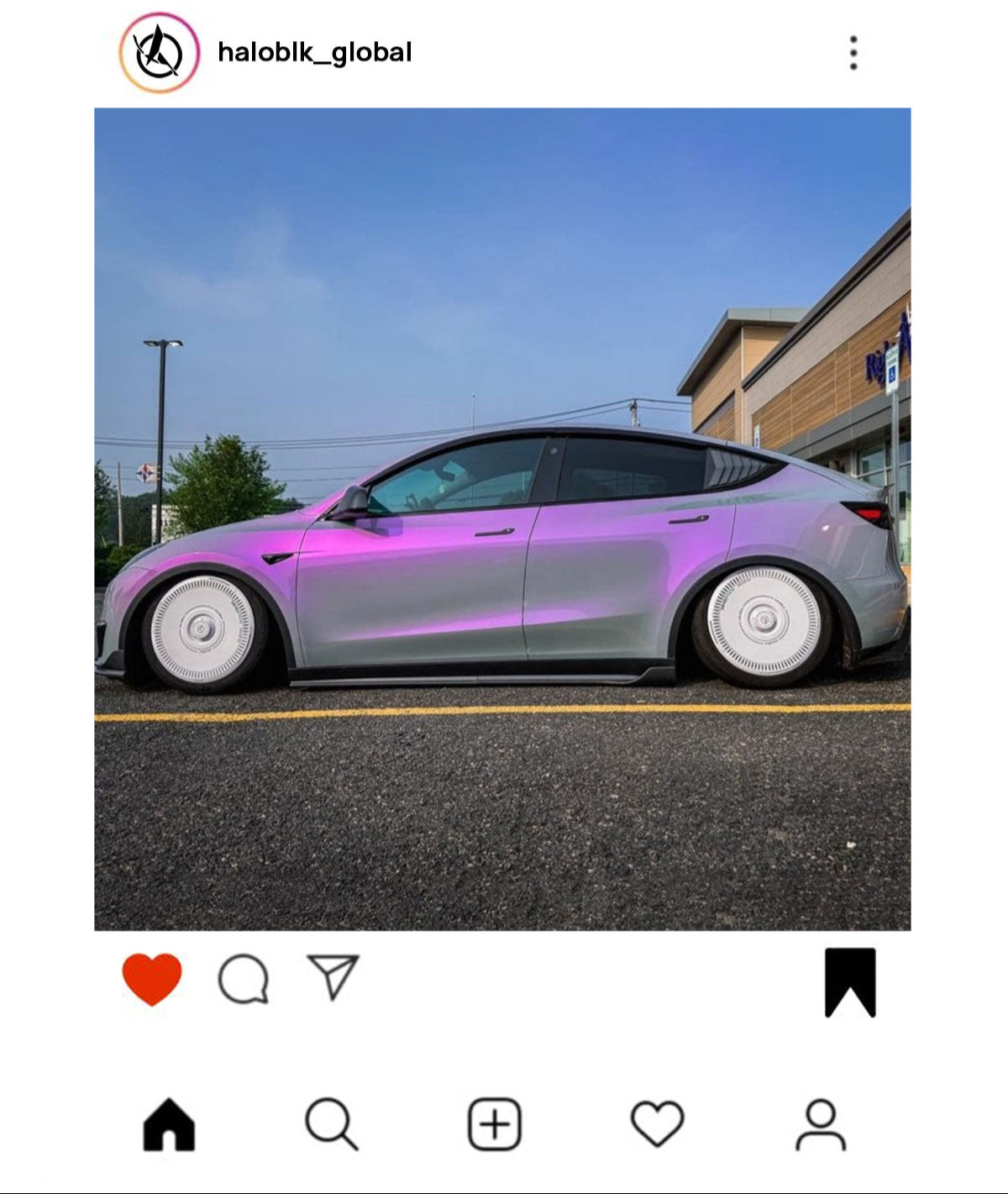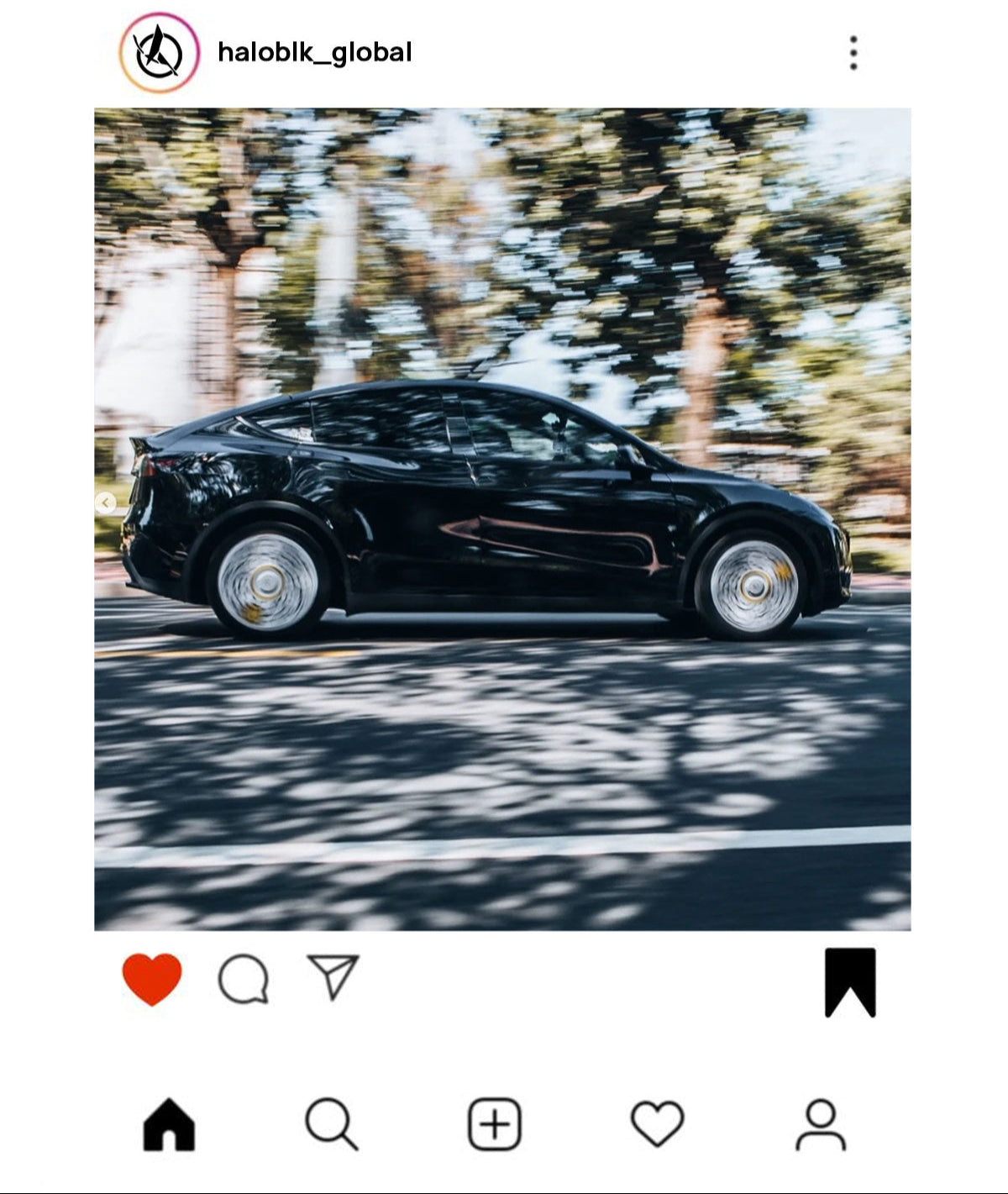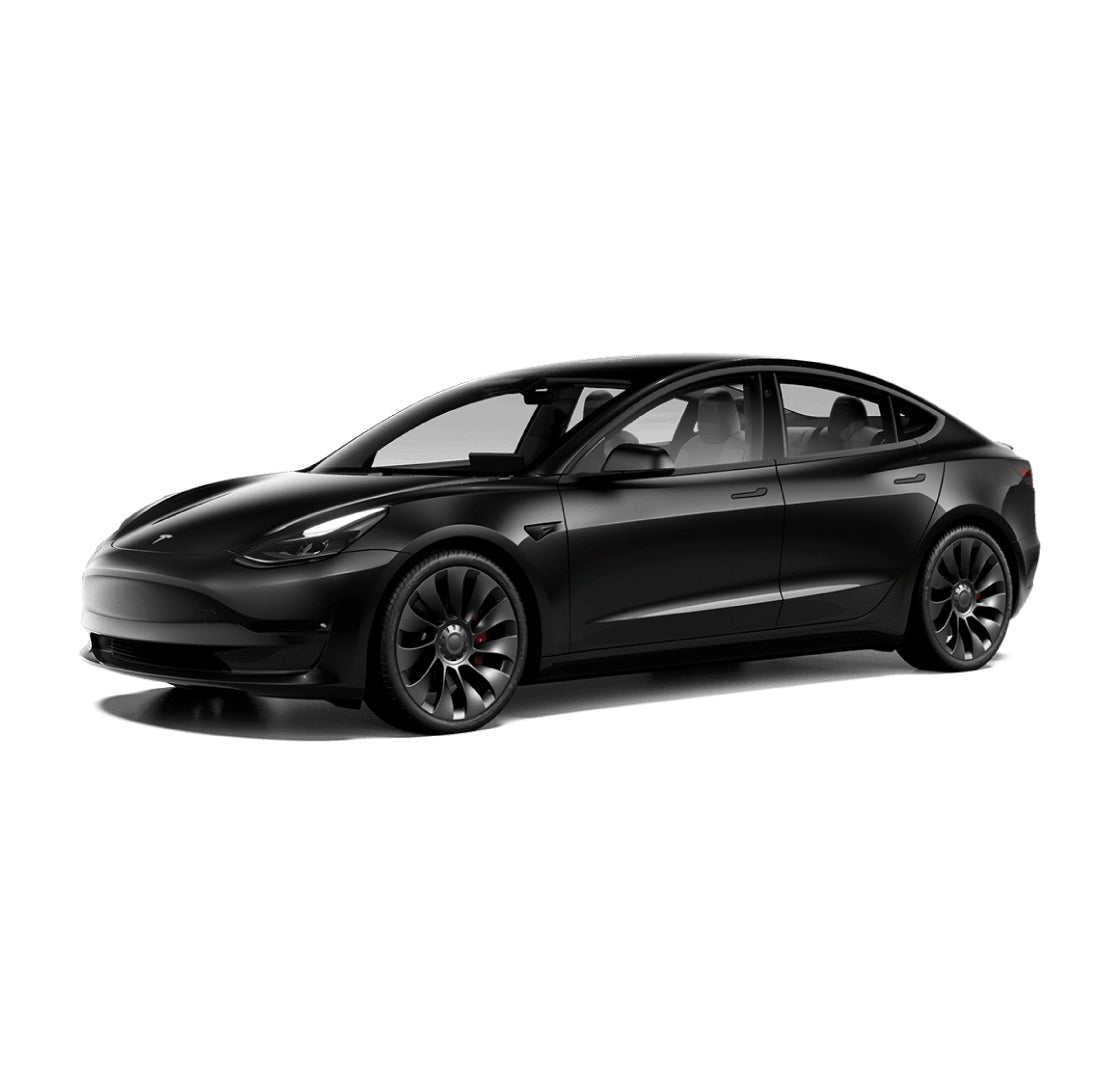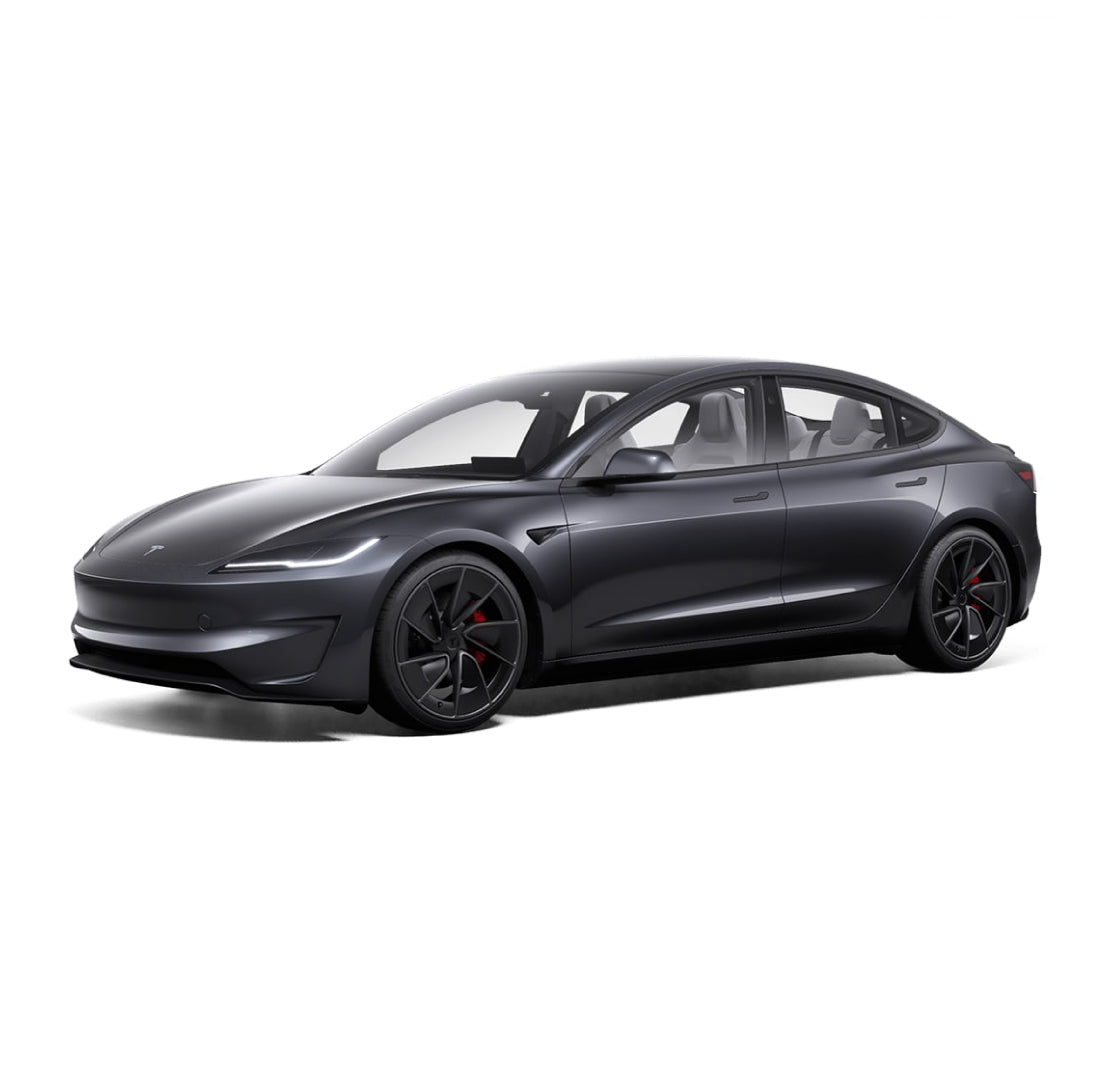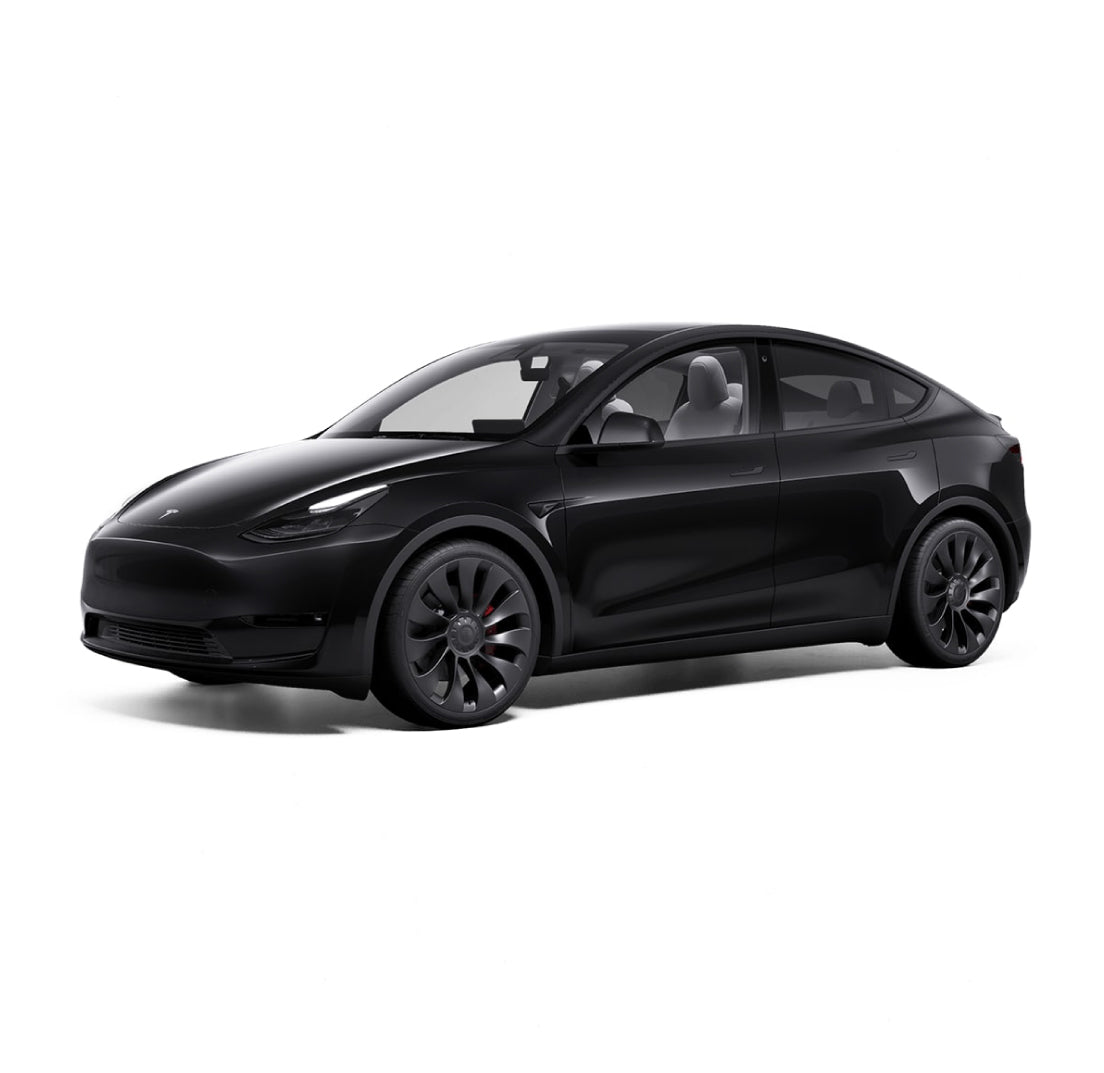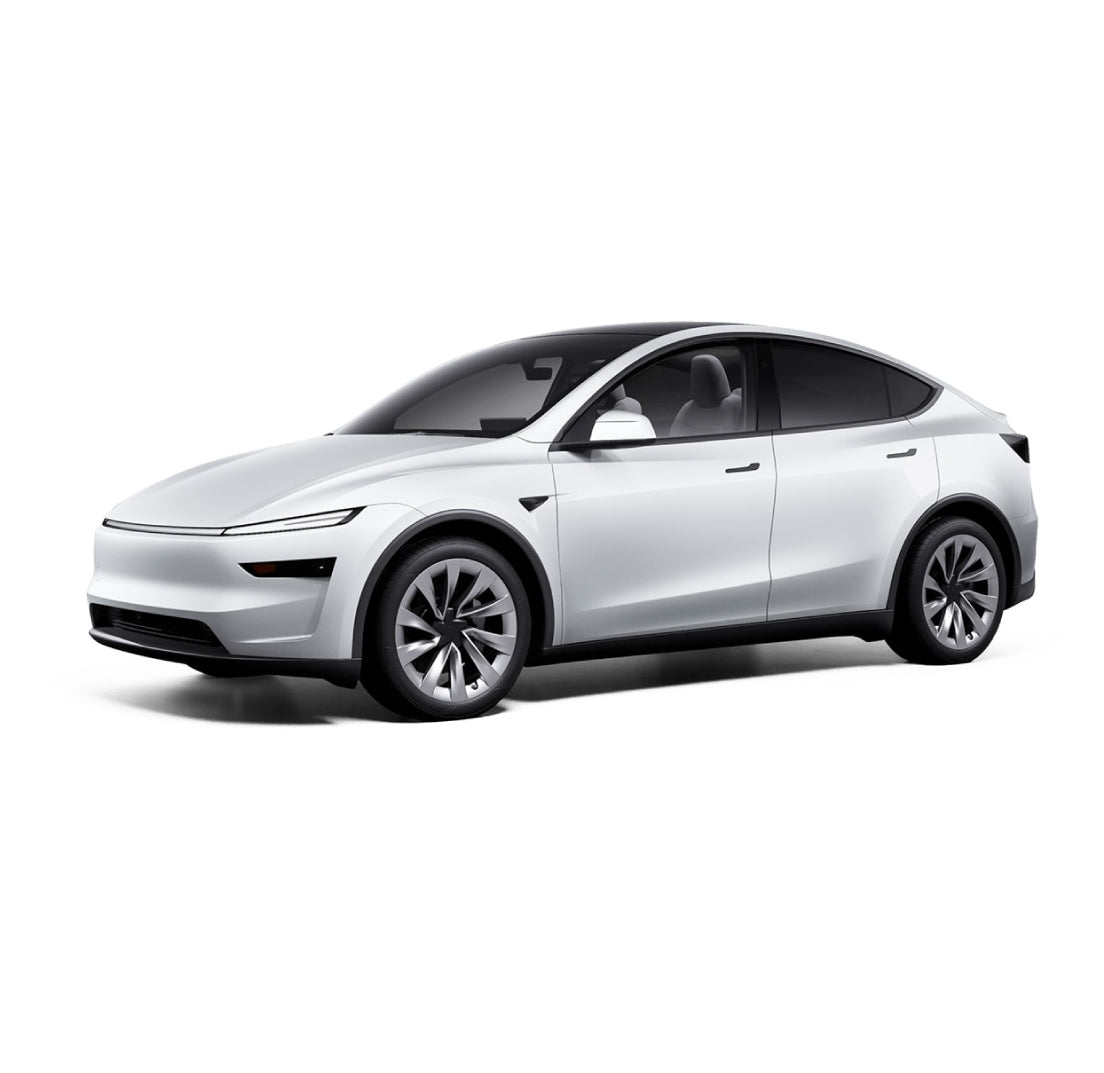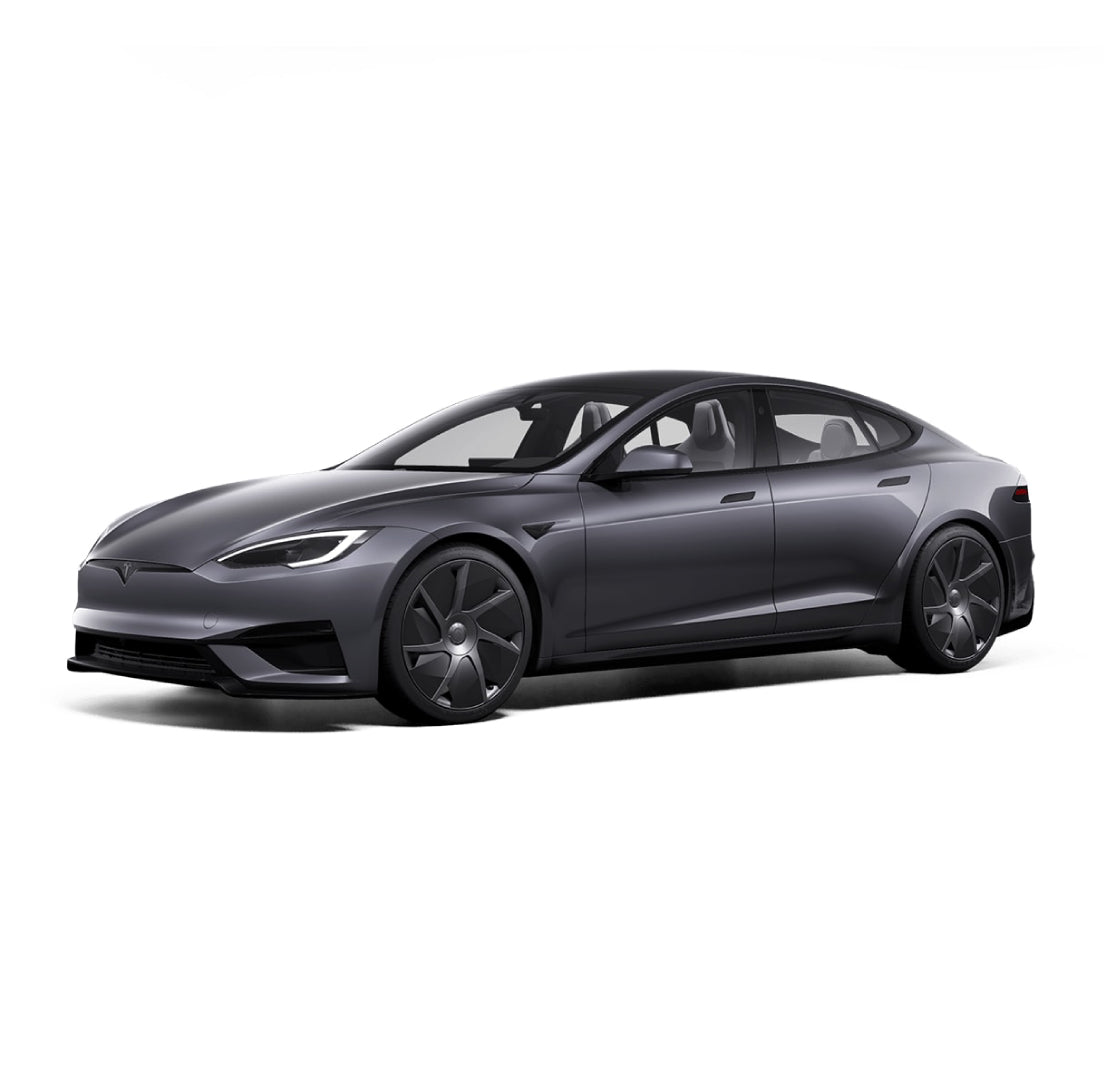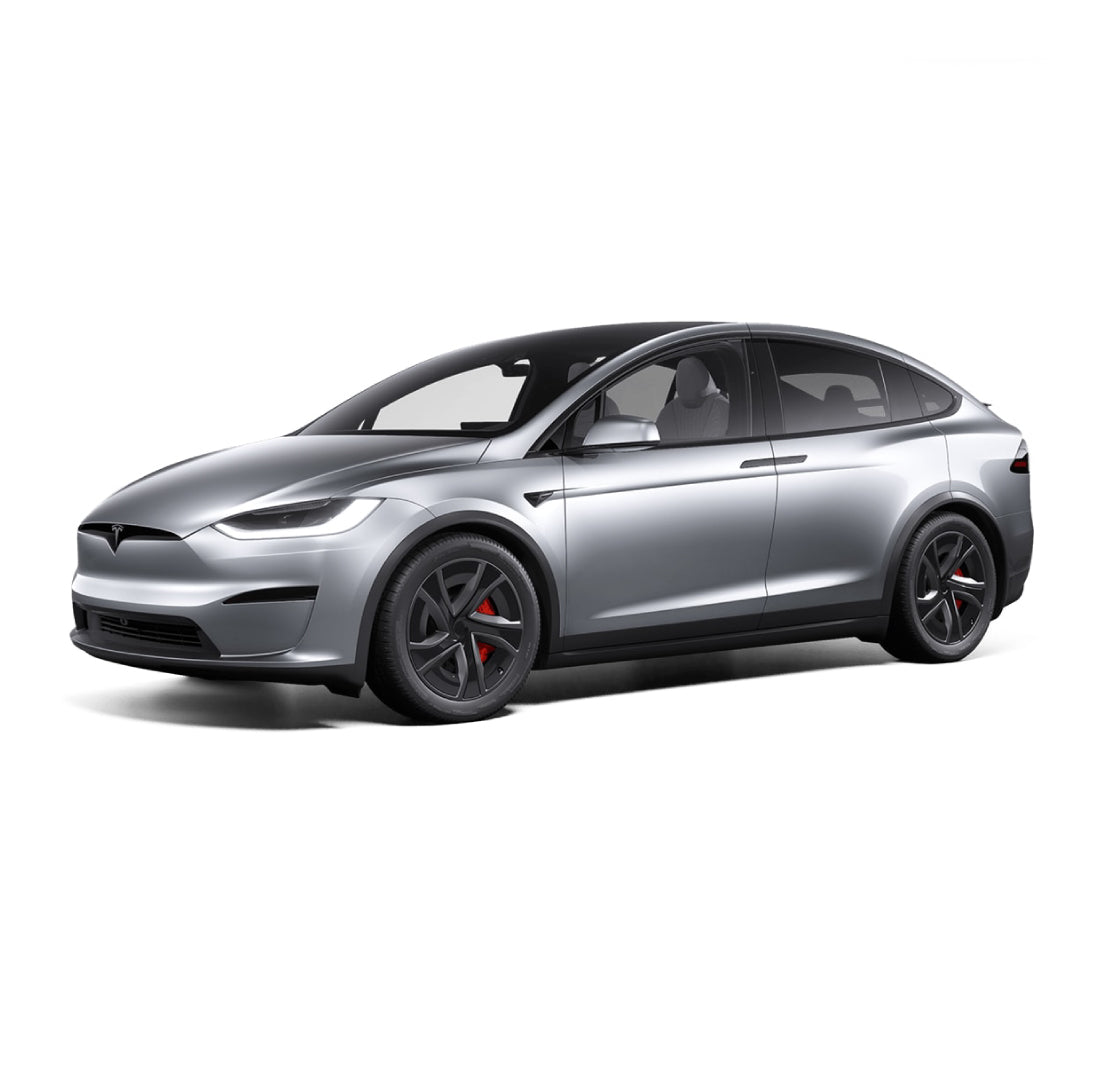Best Tesla Wheel Covers for a Sleek Upgrade
HALODISC 2 enhances your Tesla’s factory wheels with aerodynamic design, solid construction, and rim protection. Easy to install, durable, and built for performance — the perfect blend of efficiency and style.
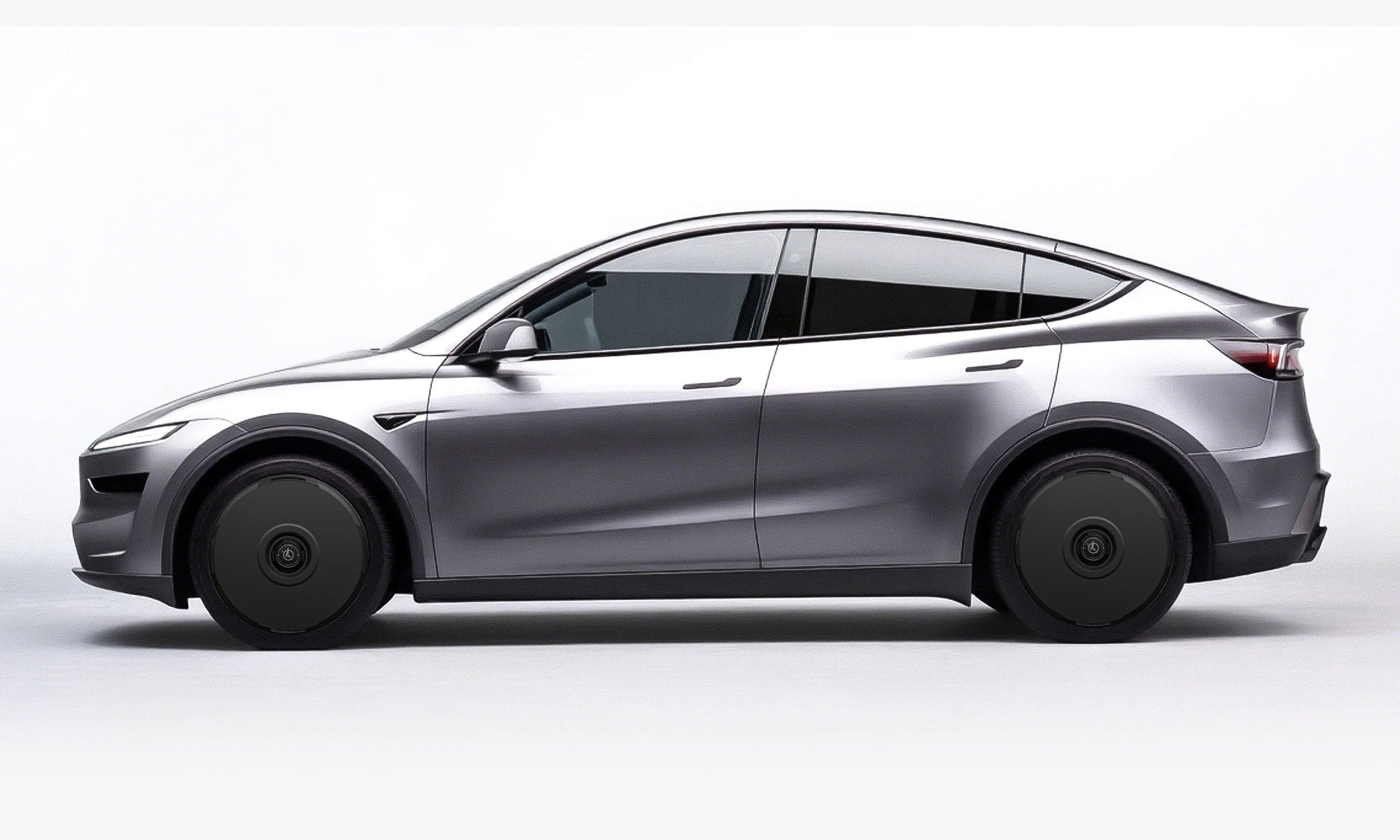
Black
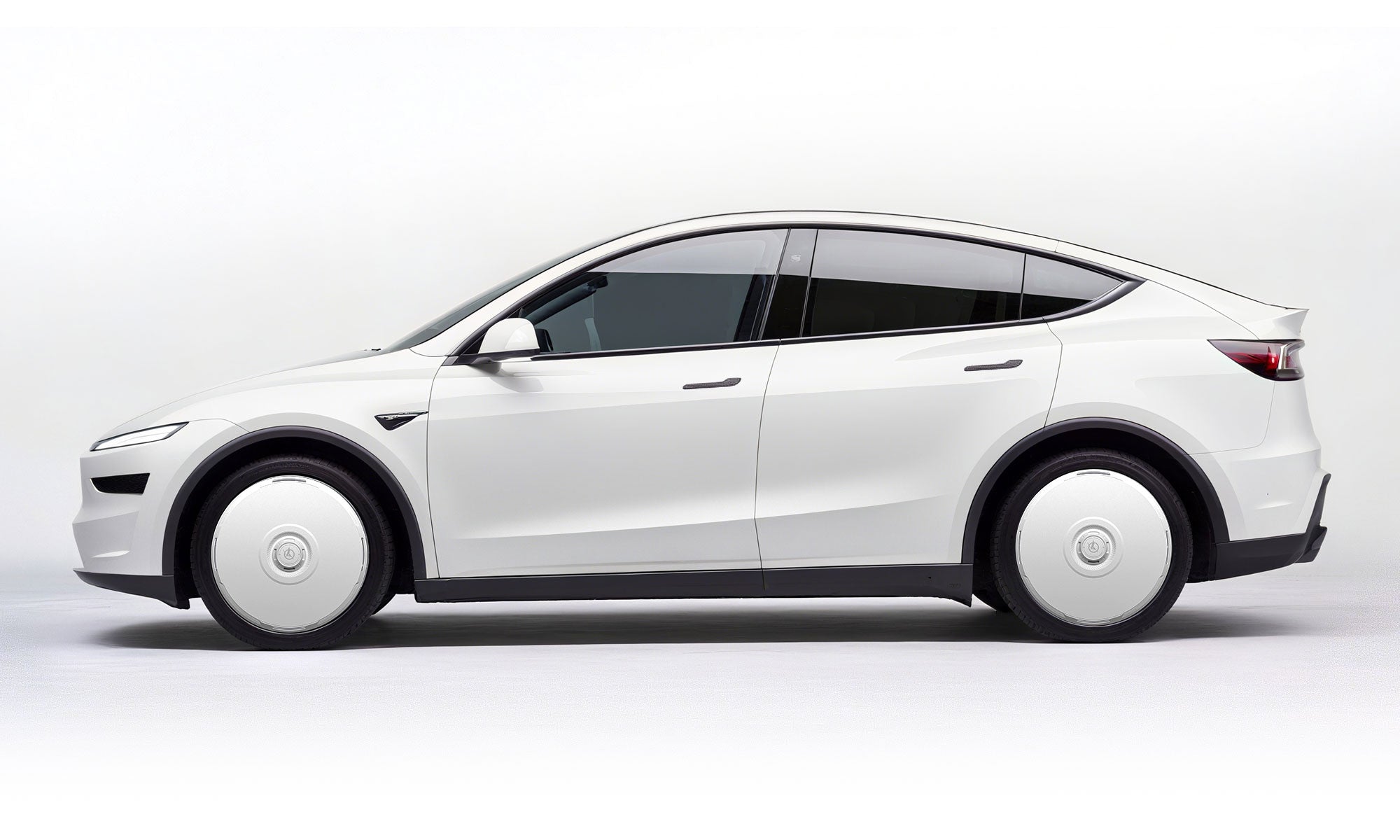
White
100 Years of Wheel Covers From Racing to EVs
HALODISC 2 Featured By Influencers

Nathen Mixon
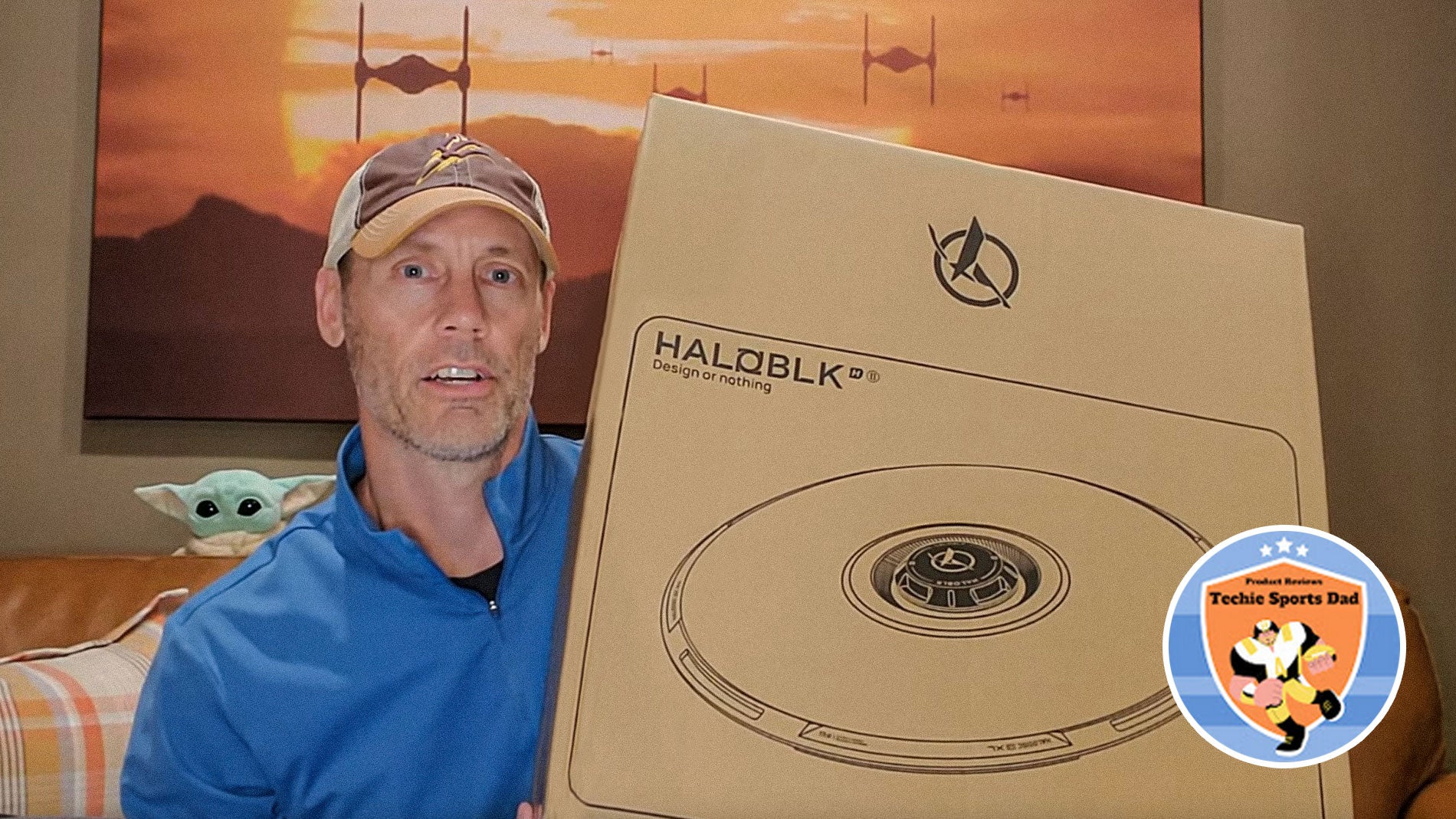
Techie Sports Dad Product Reviews
Engineered for Range. Designed to Protect.
HALODISC 2 Helps You Drive Further
Every curve of HALODISC 2 is engineered by the HALOBLK team with aerodynamics in mind
Real-world tests show up to 10% increase in highway range, all while giving your Tesla a sleeker, performance-driven look.
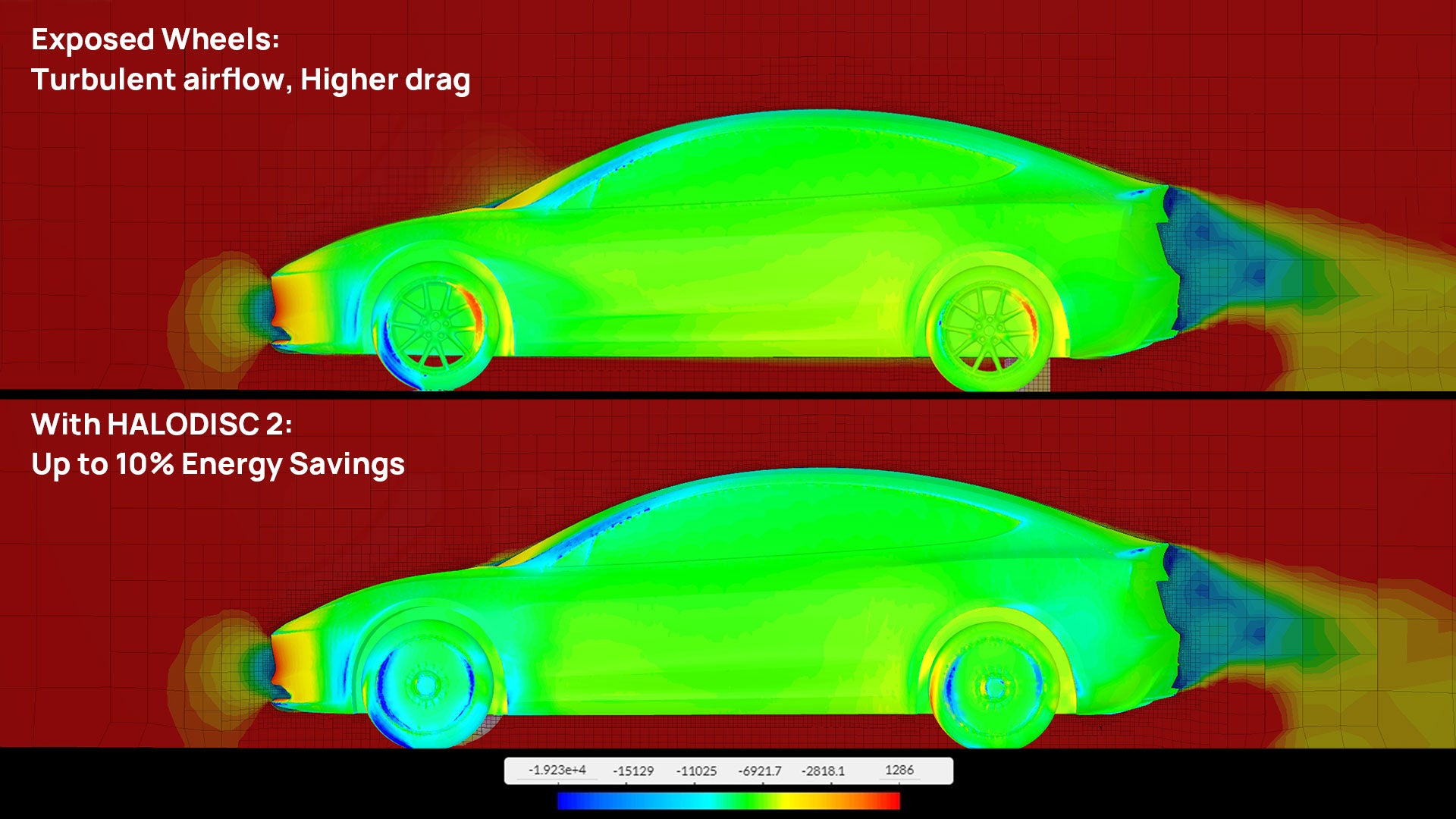
HALODISC 2: CFD-Proven Efficiency
- CFD comparison: HALODISC 2 vs. exposed wheels
- Smooth, closed face → calms wheel-well turbulence
- Tighter rear wake → lower overall drag
- At speed: better efficiency and stability
Note: Up to 10% saving in specific high-speed crosswinds; results vary by speed, yaw, tires, road.
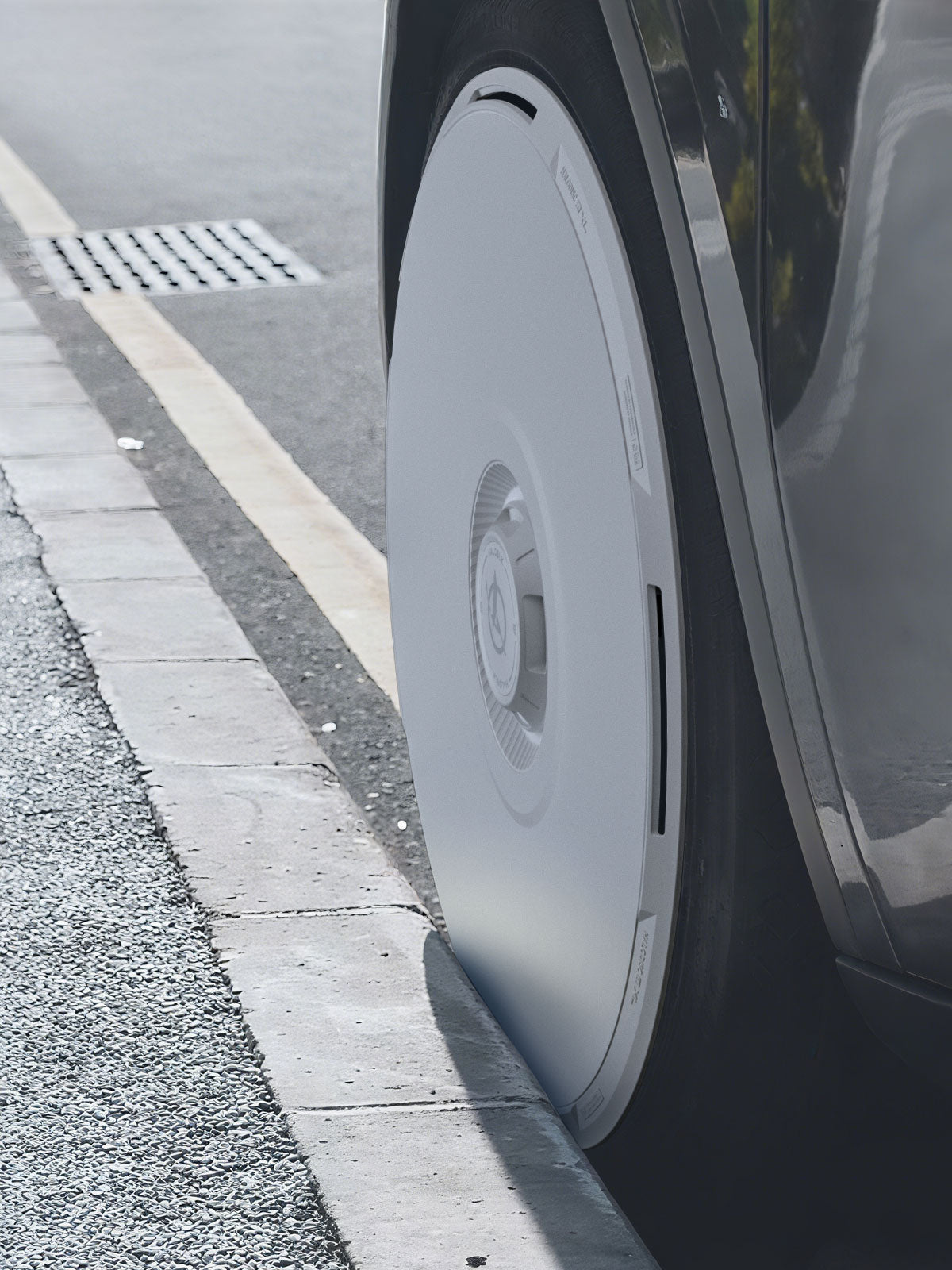
Safeguards your rims from scrapes and curb damage by shielding
the wheel edge during tight turns, parallel parking, and low-speed maneuvers
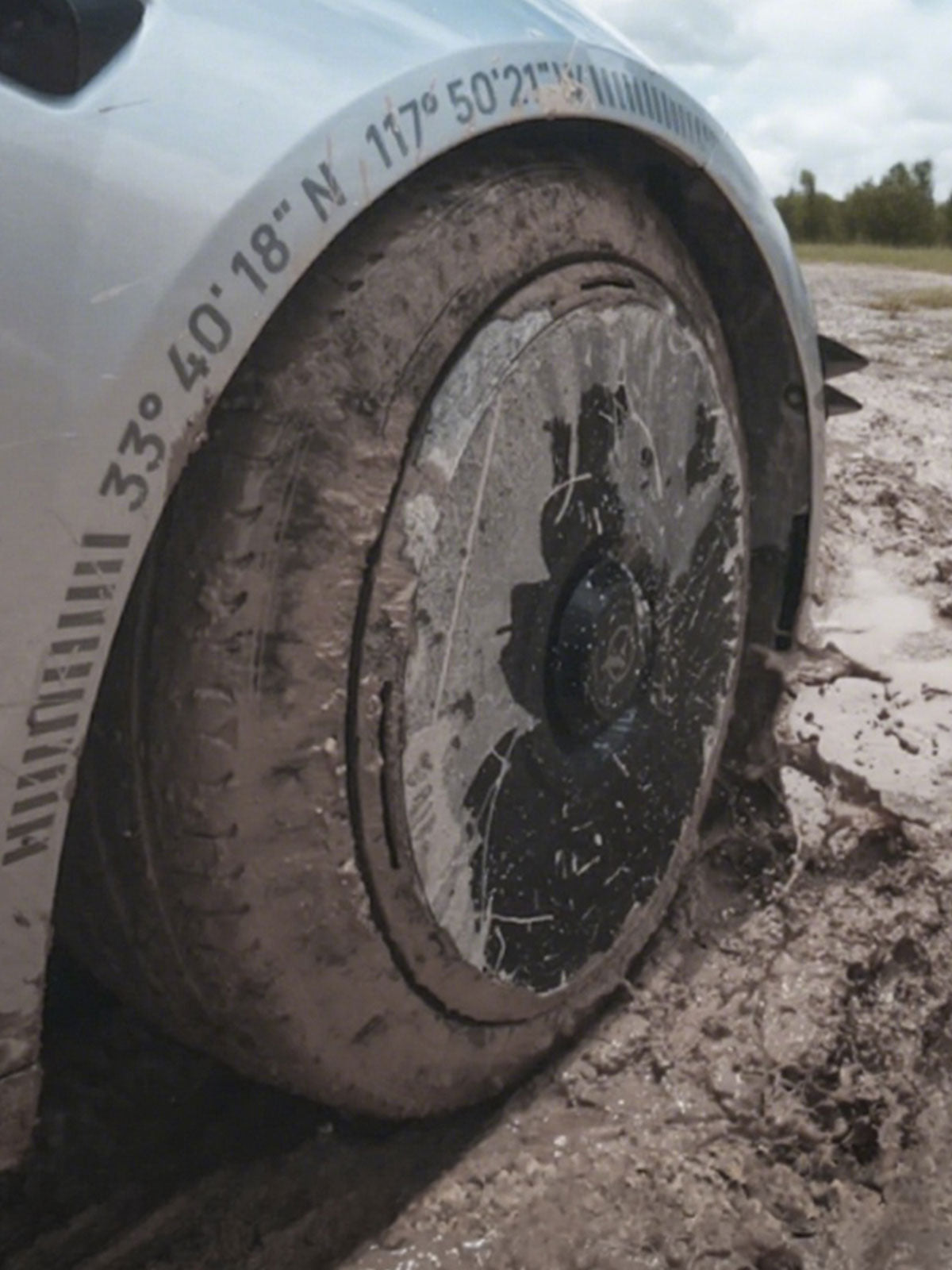
Blocks water, mud, and dirt from hitting the wheel surface. It acts as a splash guard, reducing buildup from rain, puddles, or muddy construction roads—keeping your rims cleaner and protected.
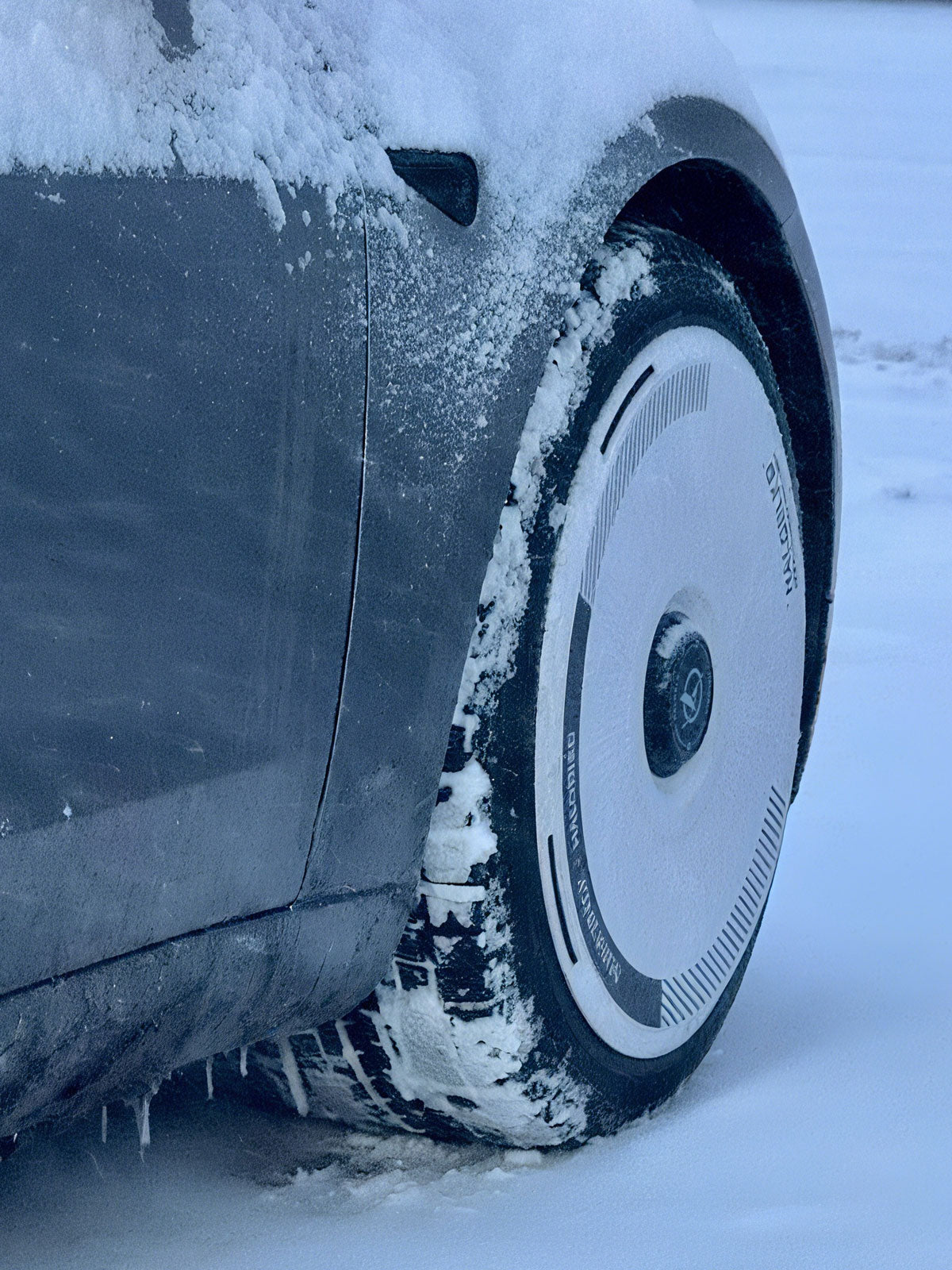
Guards against corrosive road salt and snow brine, helping protect your factory wheels and braking system from rust and corrosion in snowy, salted winter conditions.
Safeguards your rims from scrapes and curb damage by shielding
the wheel edge during tight turns, parallel parking, and low-speed maneuvers
Blocks water, mud, and dirt from hitting the wheel surface. It acts as a splash guard, reducing buildup from rain, puddles, or muddy construction roads—keeping your rims cleaner and protected.
Guards against corrosive road salt and snow brine, helping protect your factory wheels and braking system from rust and corrosion in snowy, salted winter conditions.



Center-Lock System That Stays Put
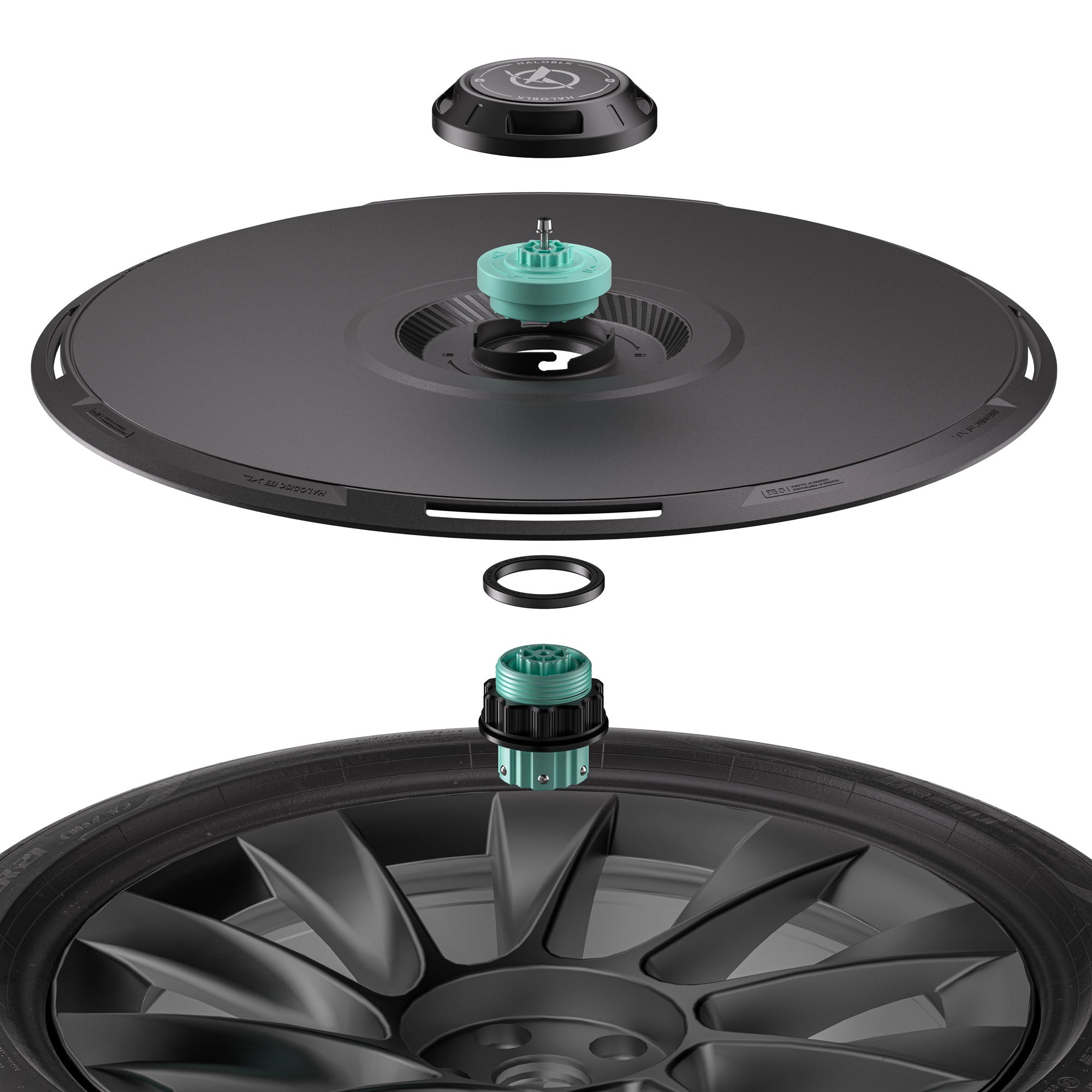
Secure. Durable. Tamper-Resistant.
Say goodbye to snap-on covers. HALODISC 2's center-lock system
delivers a firm, reliable fit that stays locked in -- mile after mile.
Pick Your Tesla. Make It Yours.
HALODISC 2 is precision-matched for all major Tesla wheels. Select your model below to explore available styles.
Frequently Asked Questions
Does HALODISC 2 really improve range up to 10%?
Yes. HALODISC 2 Tesla wheel covers use aerodynamic design to reduce drag and improve efficiency. Many Tesla owners report up to a 10% increase in range and smoother vehicle performance, especially during highway driving.
These aero wheel covers help protect factory wheels, keep the entire rim clean, and offer a cost-effective upgrade for electric vehicles.
Is HALODISC 2 compatible with vehicles other than Tesla?
HALODISC 2 is precision-engineered for Tesla OEM factory wheels, including Gemini wheels, Tempest wheels, Model S, and Model Y wheel fitments.
Each wheel cover is designed for a seamless fit, solid construction, and excellent quality.
We’re also developing versions for other electric vehicles, ensuring every aero wheel maintains aerodynamic efficiency and perfect fit on new platforms.
Can I purchase just the disc or the center cap?
Absolutely. You can purchase either component individually:
- Wheel Disc / Replacement Cover – Ideal if you need a second set or spare covers.
- Center Cap – Available in multiple finishes for a perfect fit and custom style.Both use high-quality materials, foam tape, and solid construction to ensure durability and protection for your original wheels.
Is HALODISC 2 safe for automatic car washes?
We don’t recommend using automatic car washes with wheel covers installed.
High-pressure brushes can cause curb damage, scratch the surface, or dislodge hub caps.
For best results:
- Hand-wash with mild soap and water.
- Avoid direct pressure on the rim protector or foam strips.Proper care keeps your Tesla wheel covers clean, durable, and ready for long miles of performance.
How should I clean HALODISC 2?
Cleaning is super easy and requires no special tools.
Use a neutral cleaner and a soft cloth to remove dirt and road debris.
Avoid abrasive brushes that can scratch high-quality materials or the aero wheel finish.
With basic maintenance, the wheel covers for Tesla retain a great fit, good quality surface, and style game for years.
Does HALODISC 2 affect brake cooling?
No. HALODISC 2 was engineered to balance aerodynamic efficiency with thermal venting.
The design maintains safe airflow around the whole wheel, protecting the brakes without reducing performance.
For everyday use and bumpy roads, it performs flawlessly.
For track driving, you can easily install or remove the wheel cover in minutes — no special tools required.

